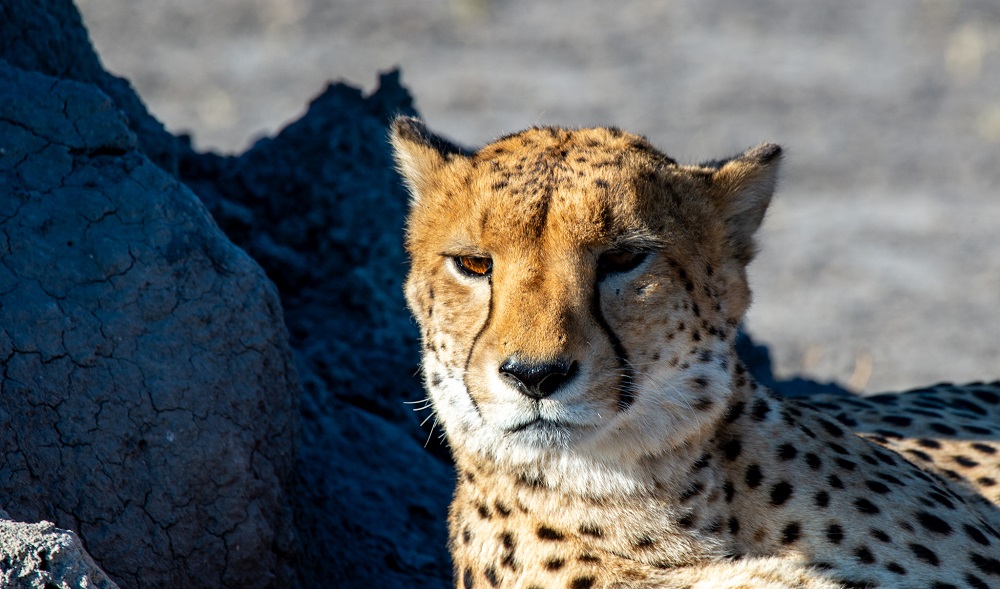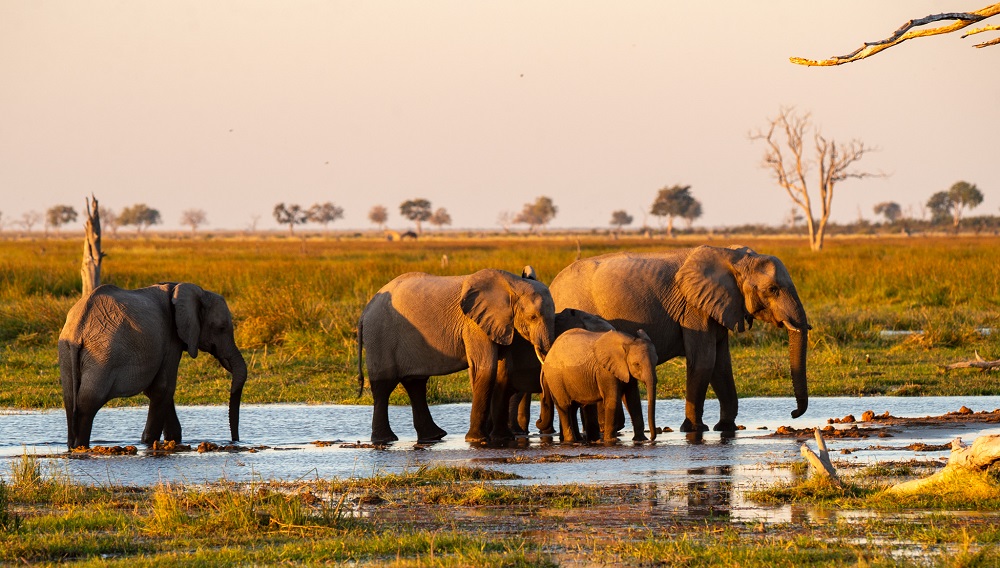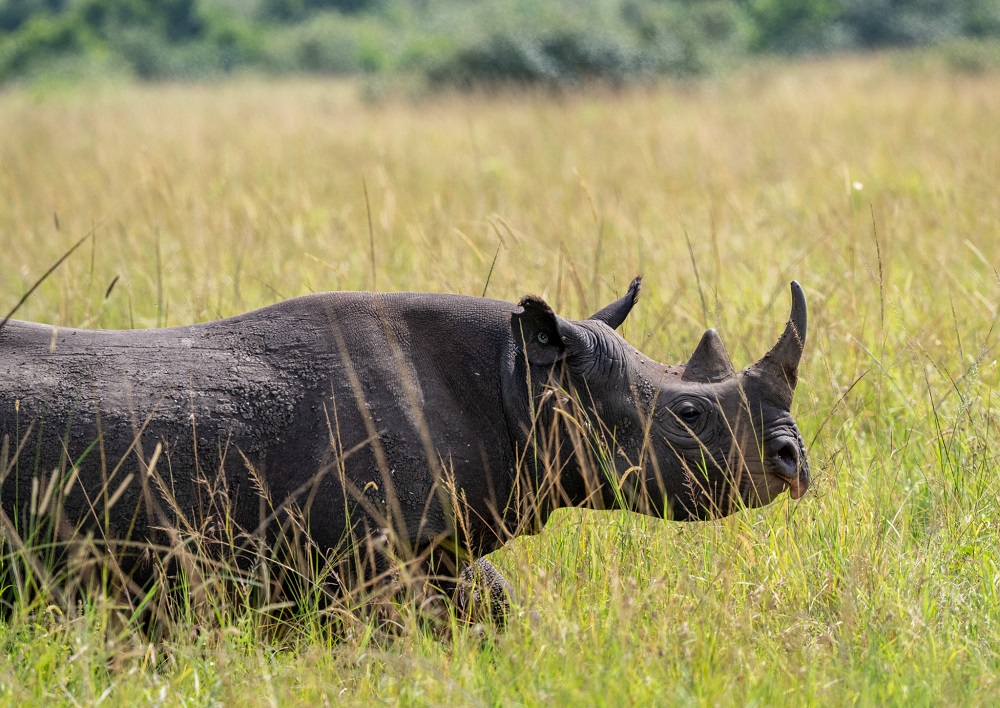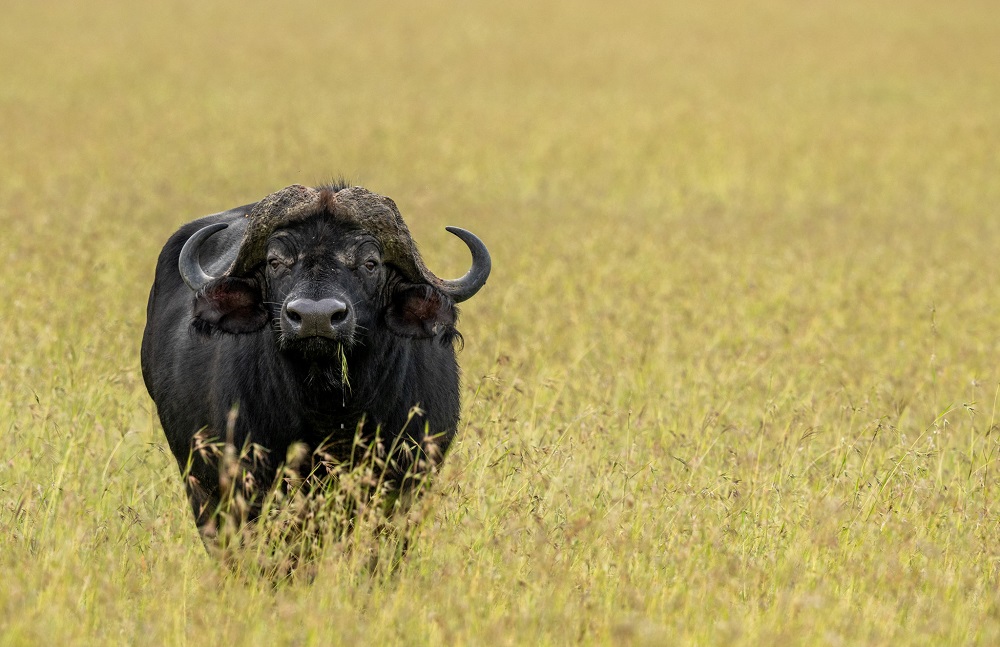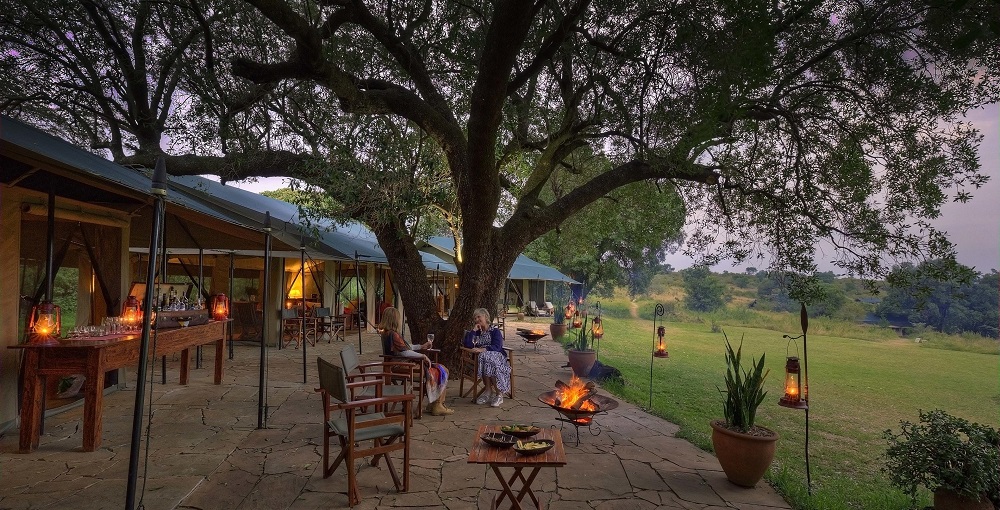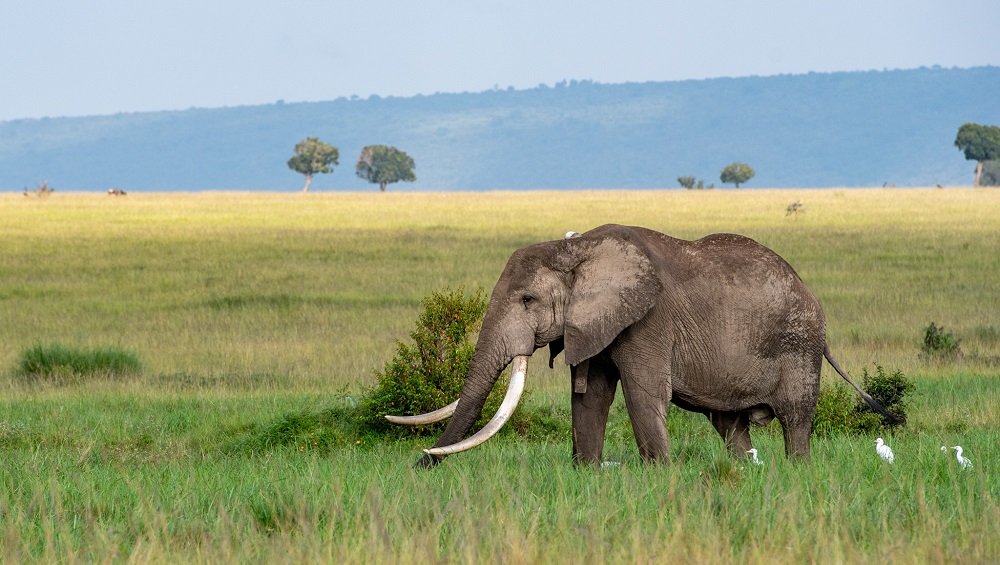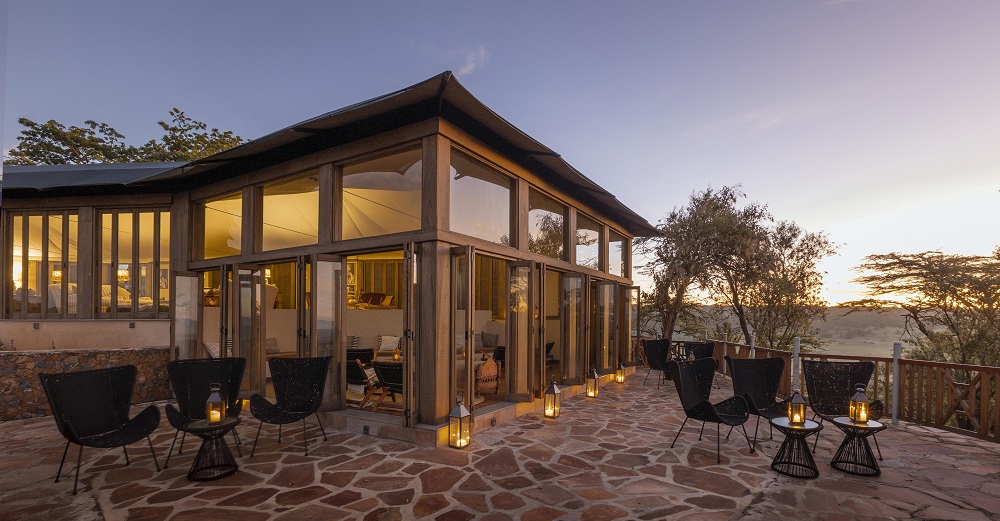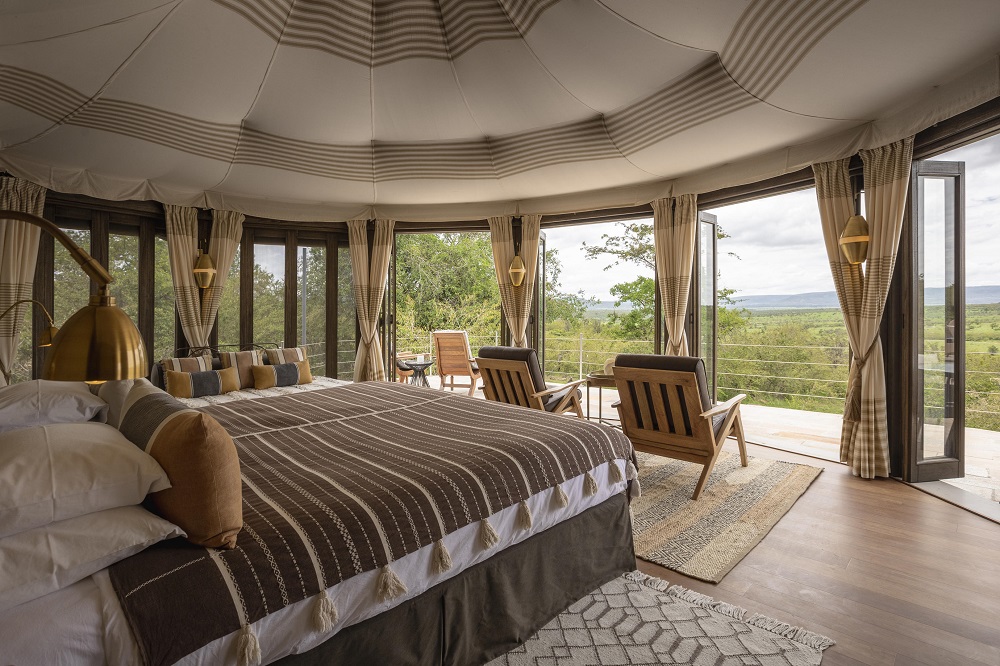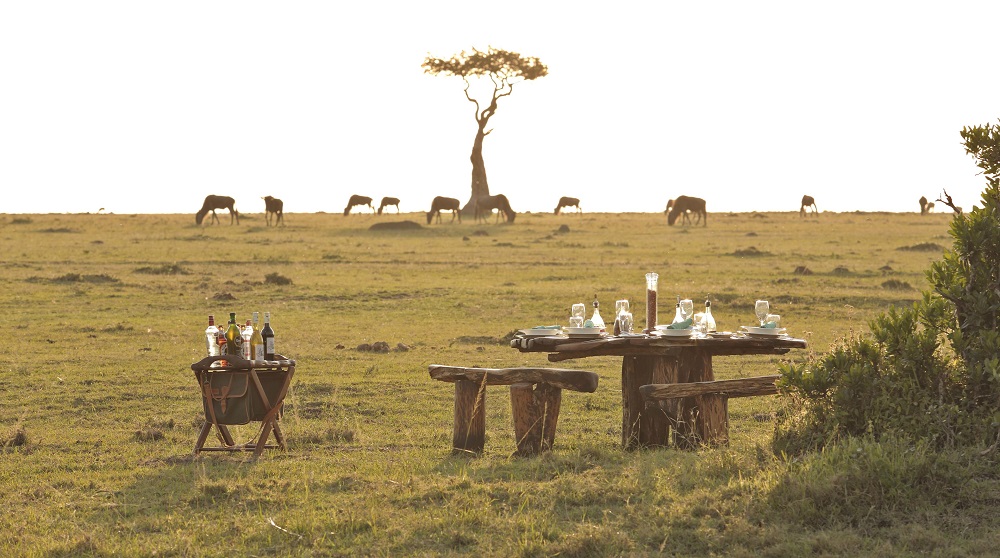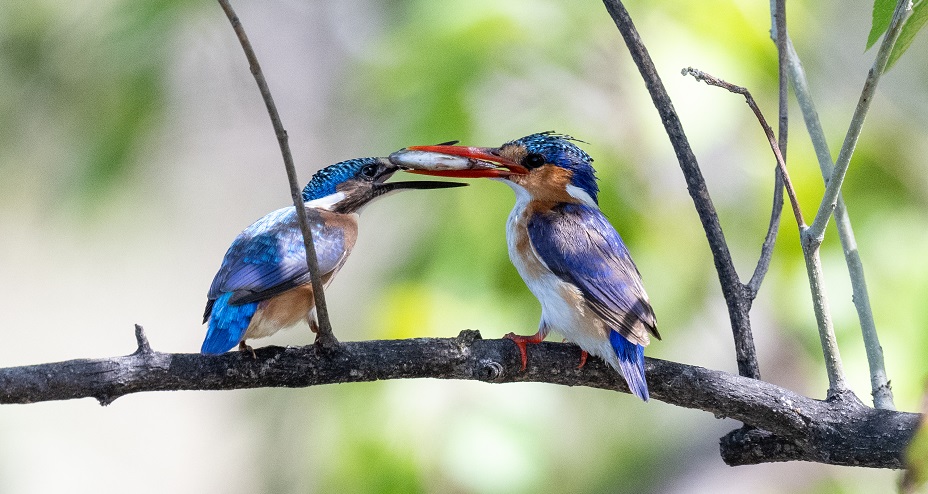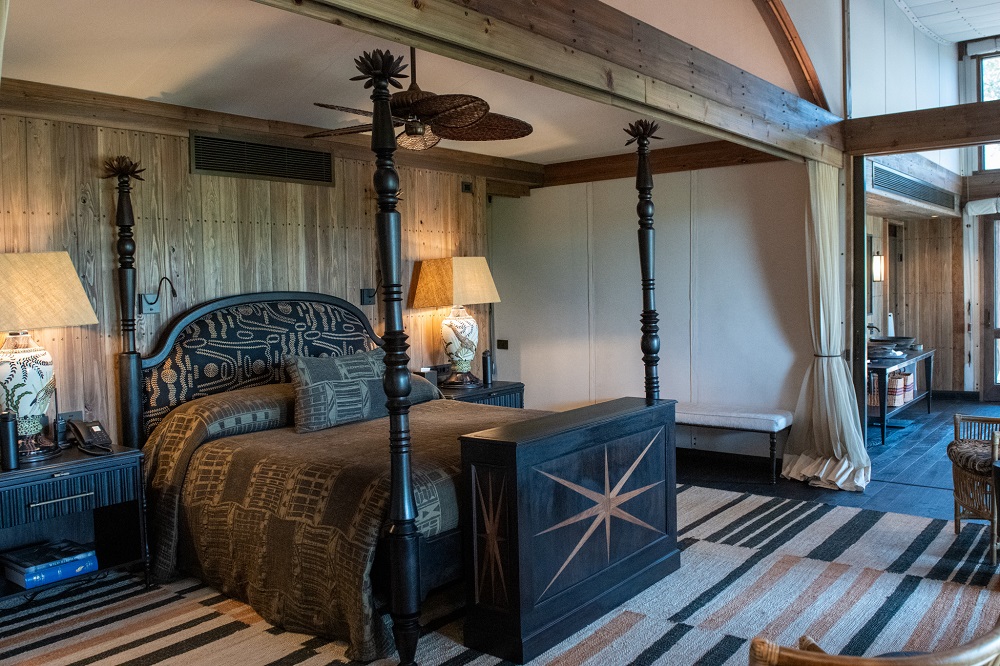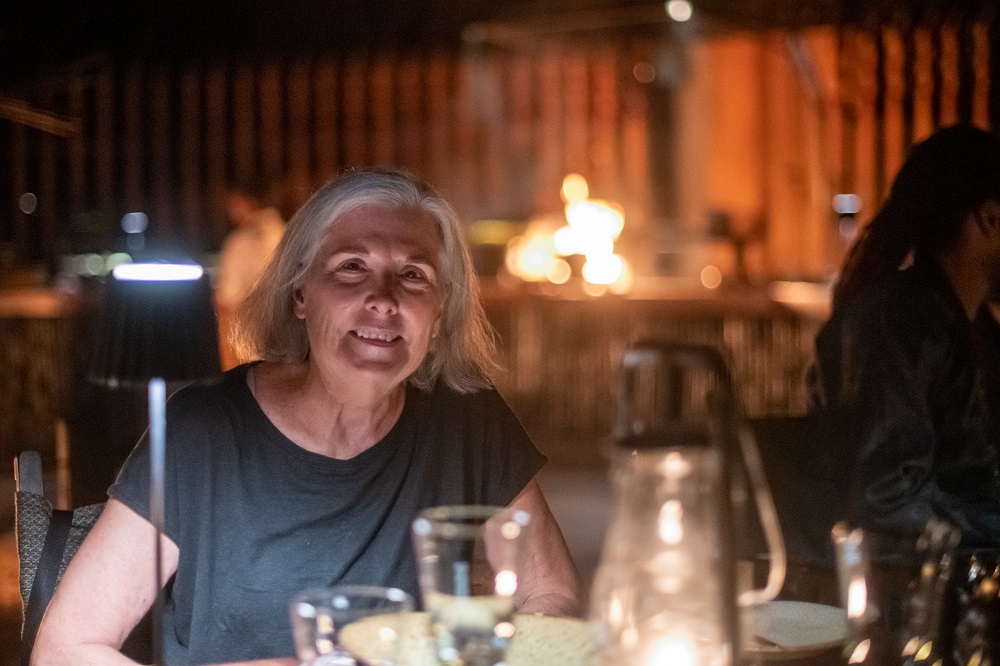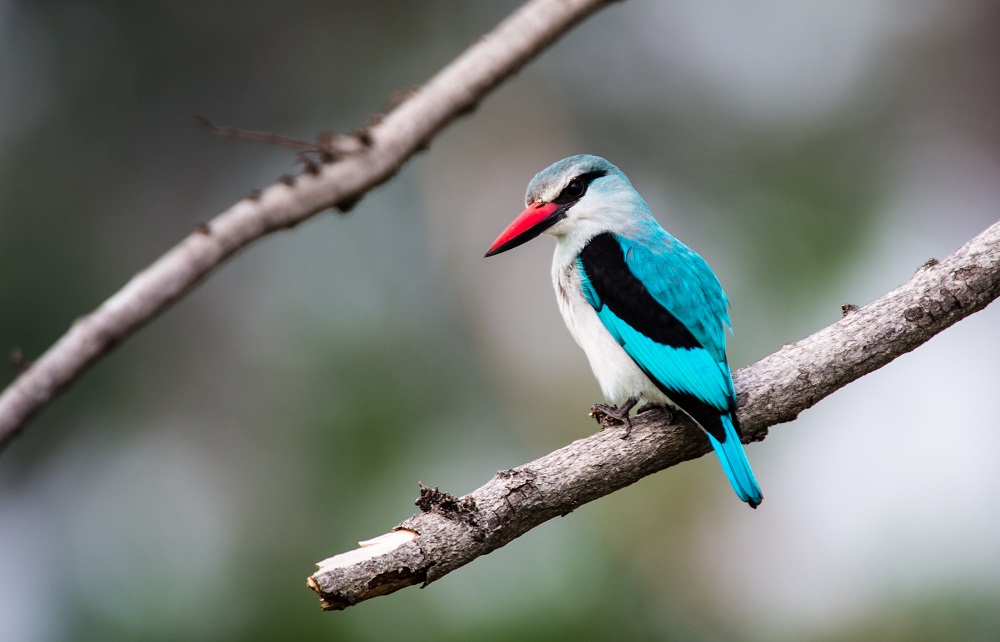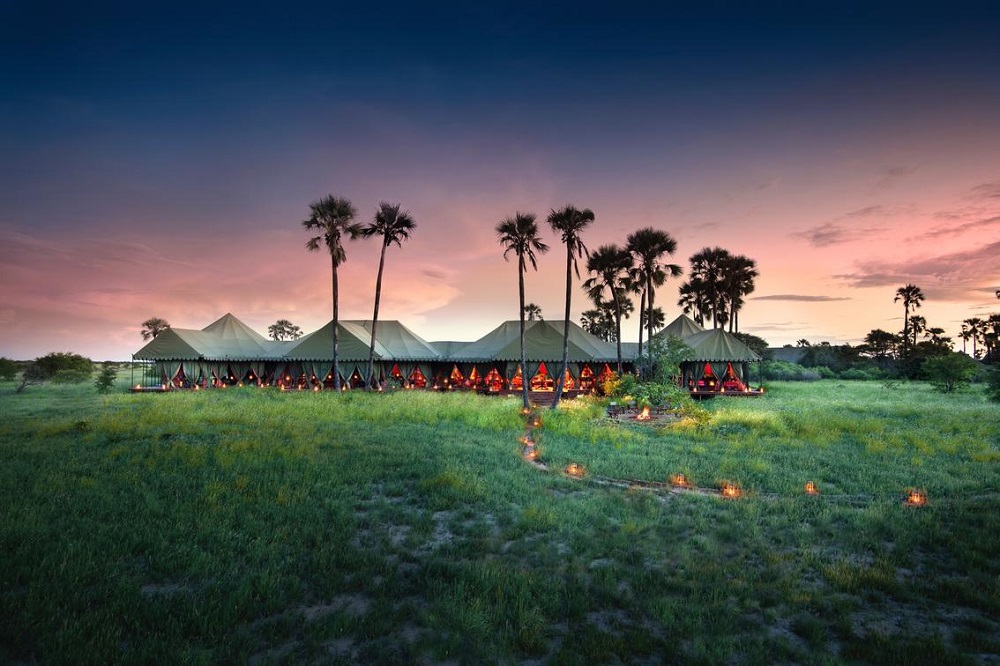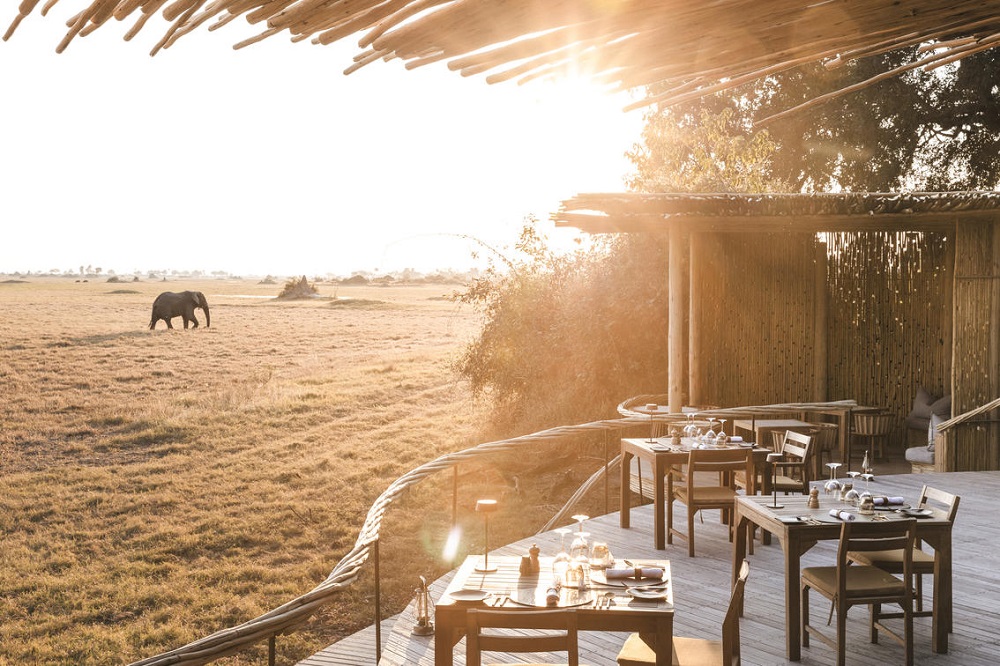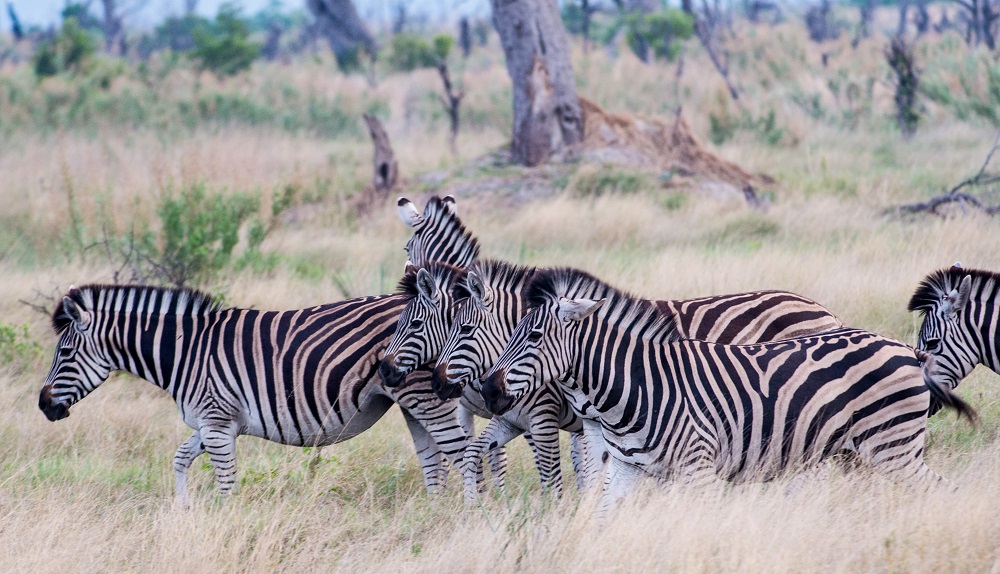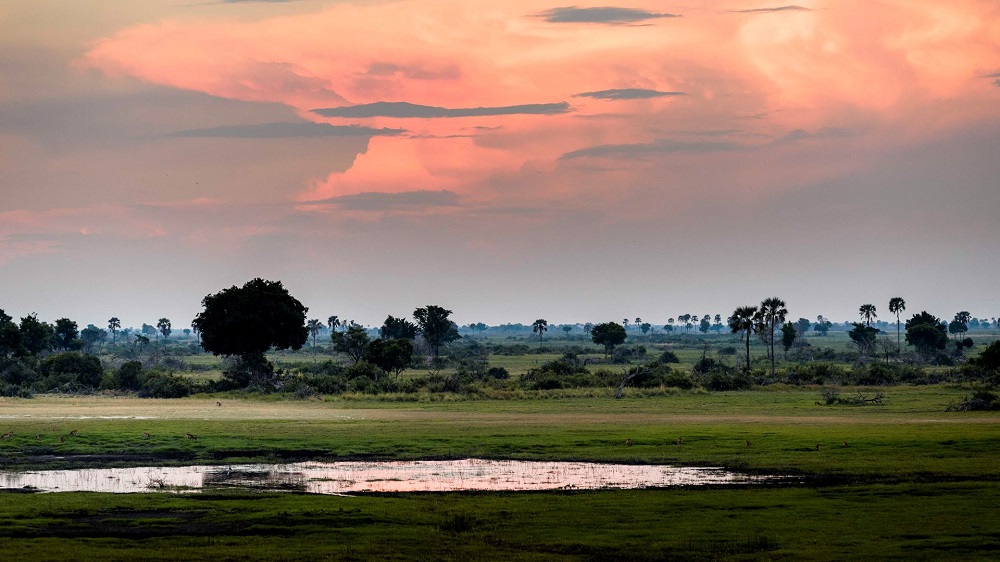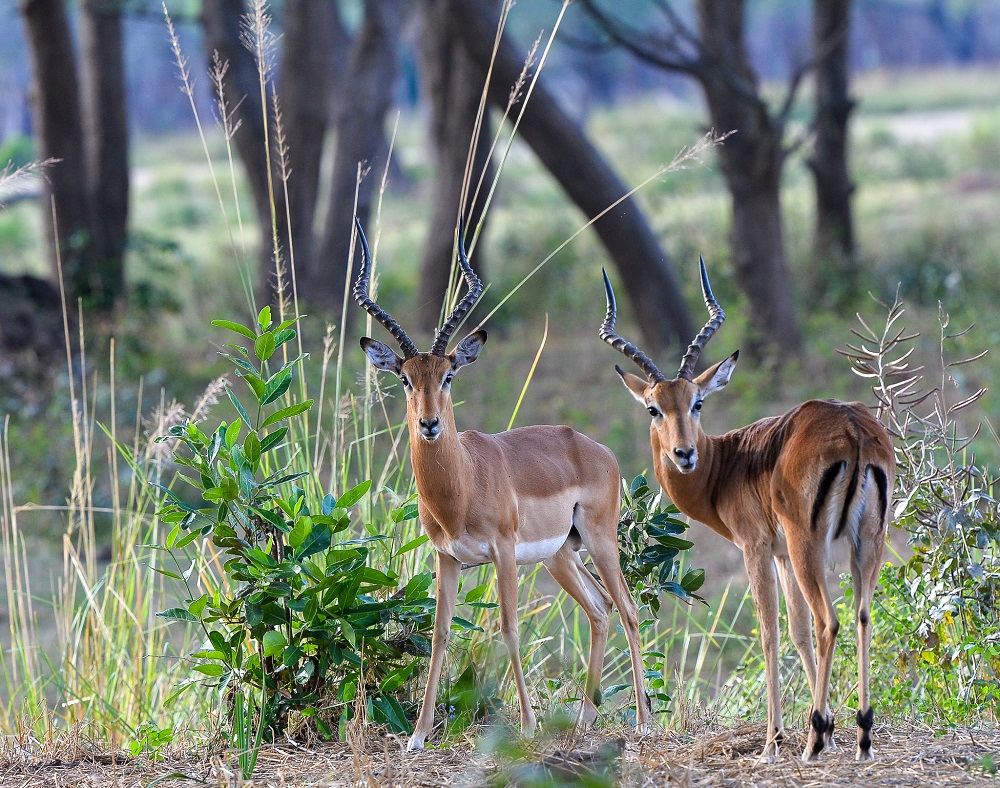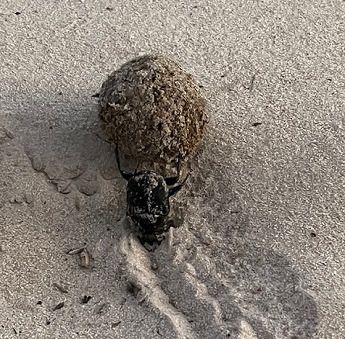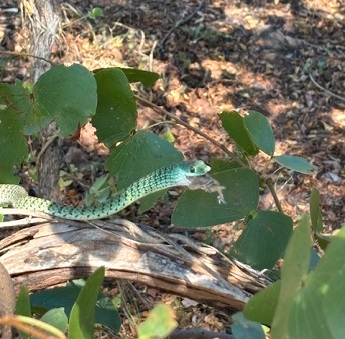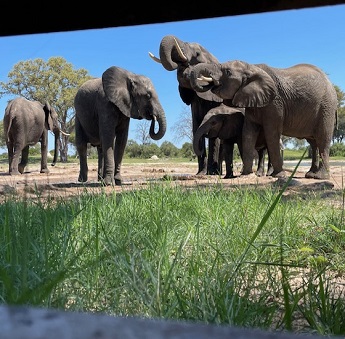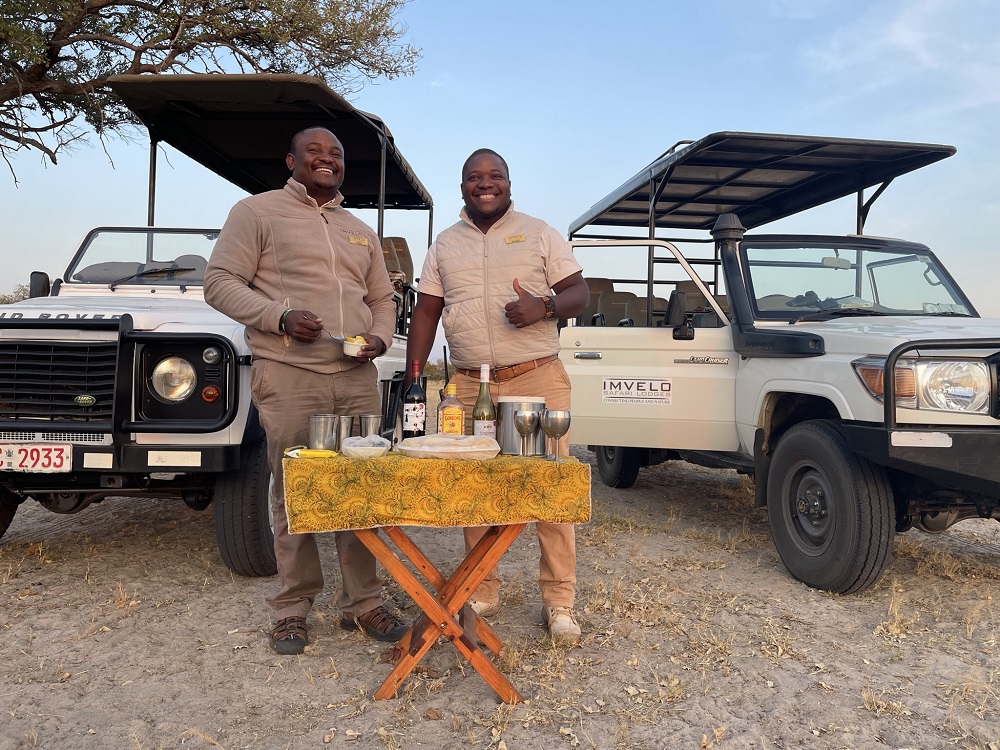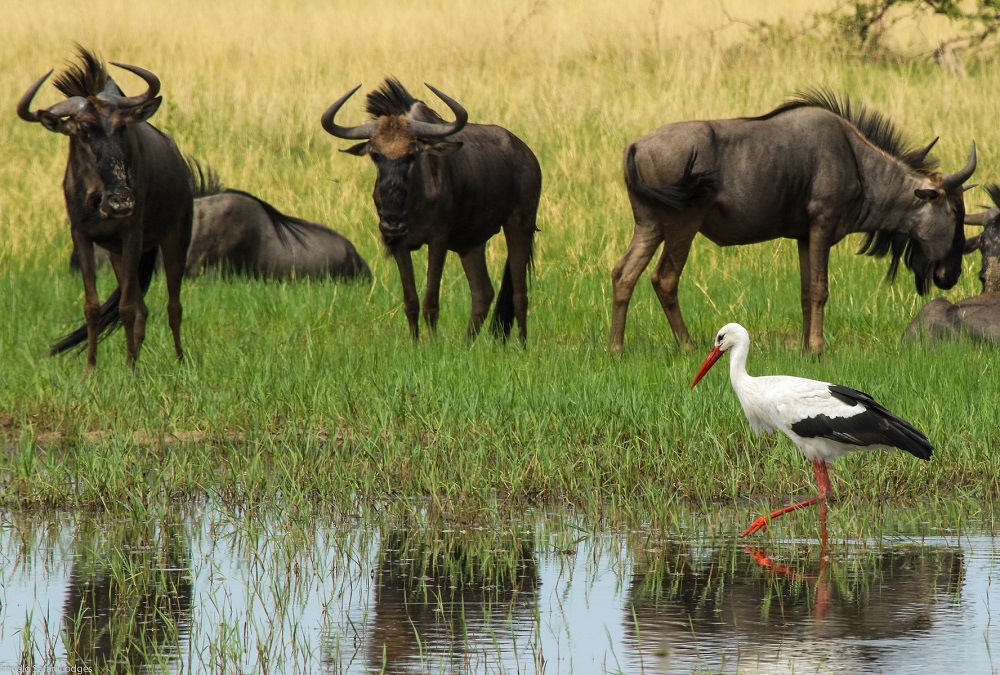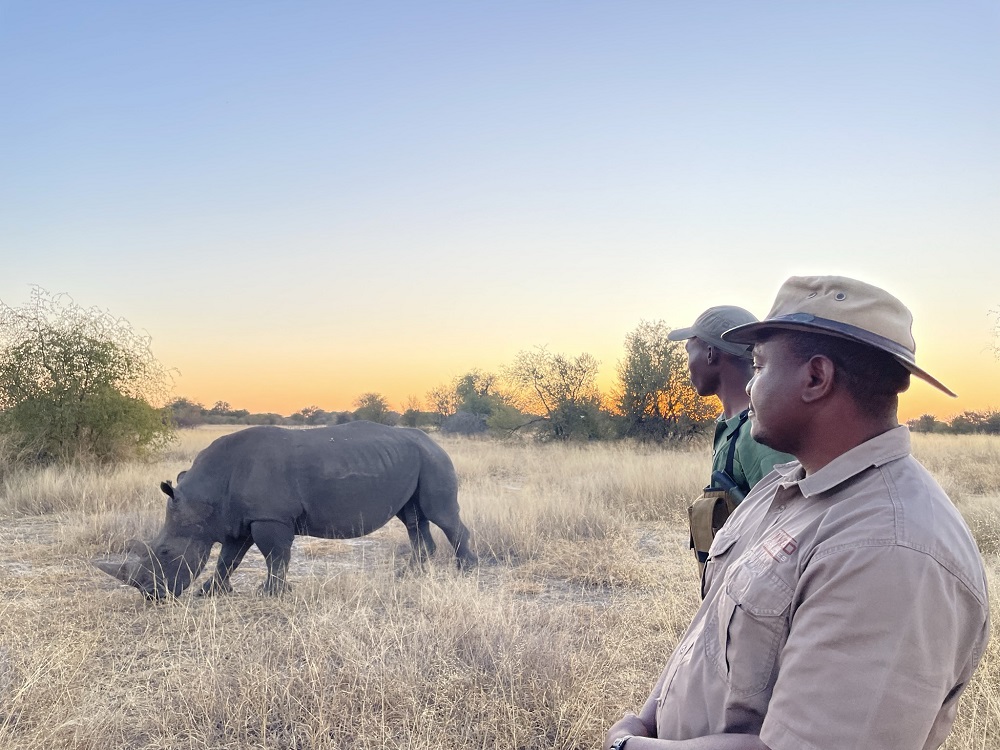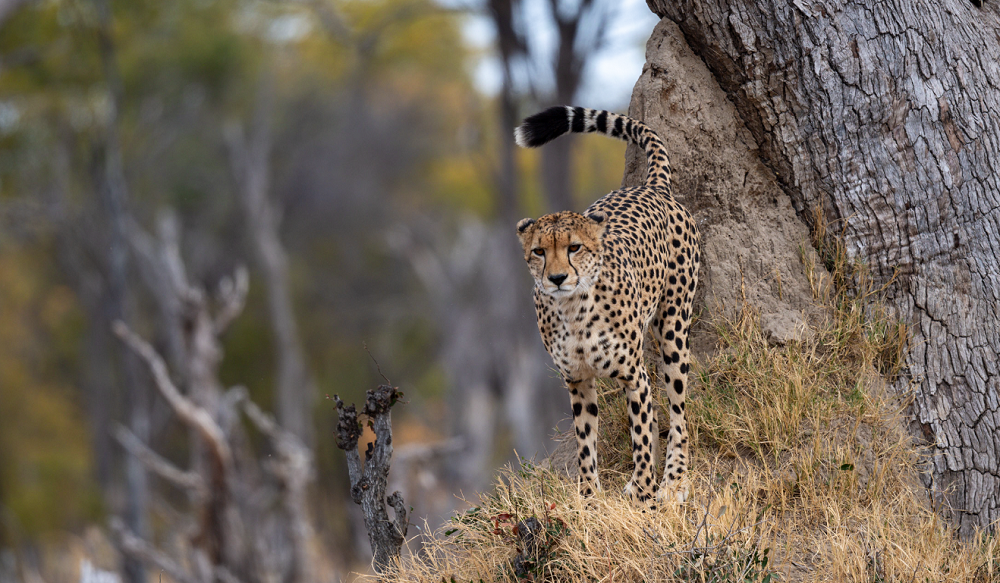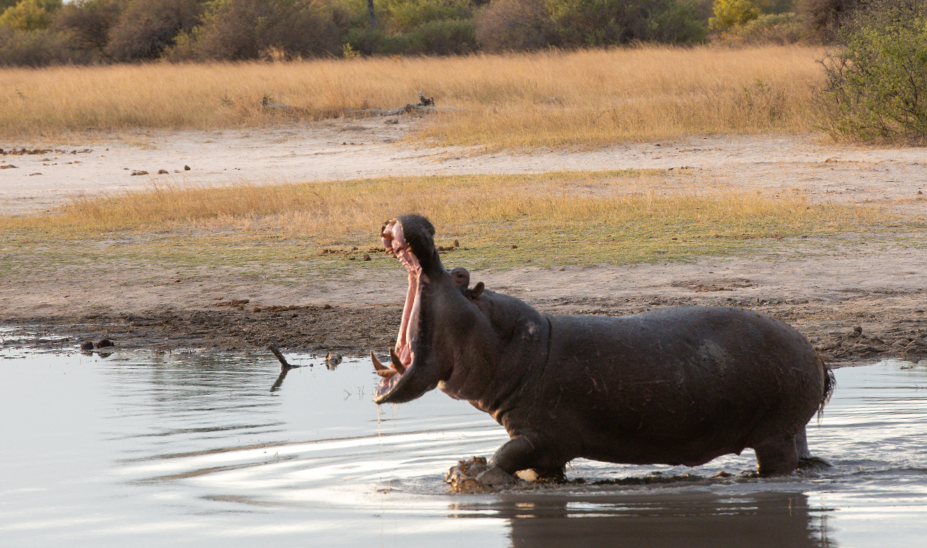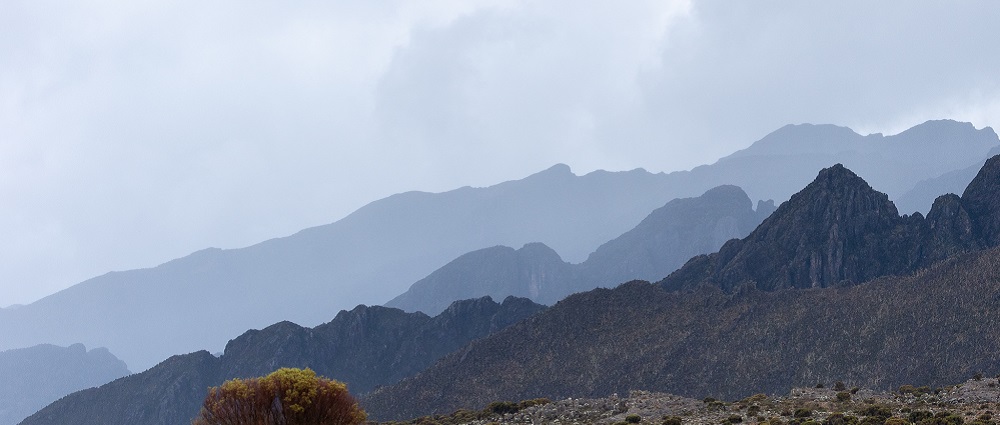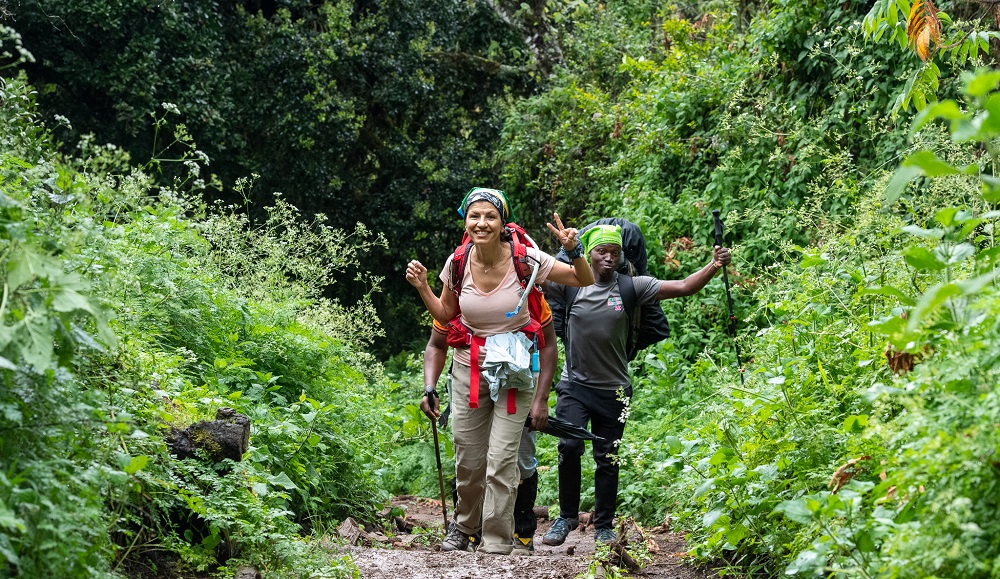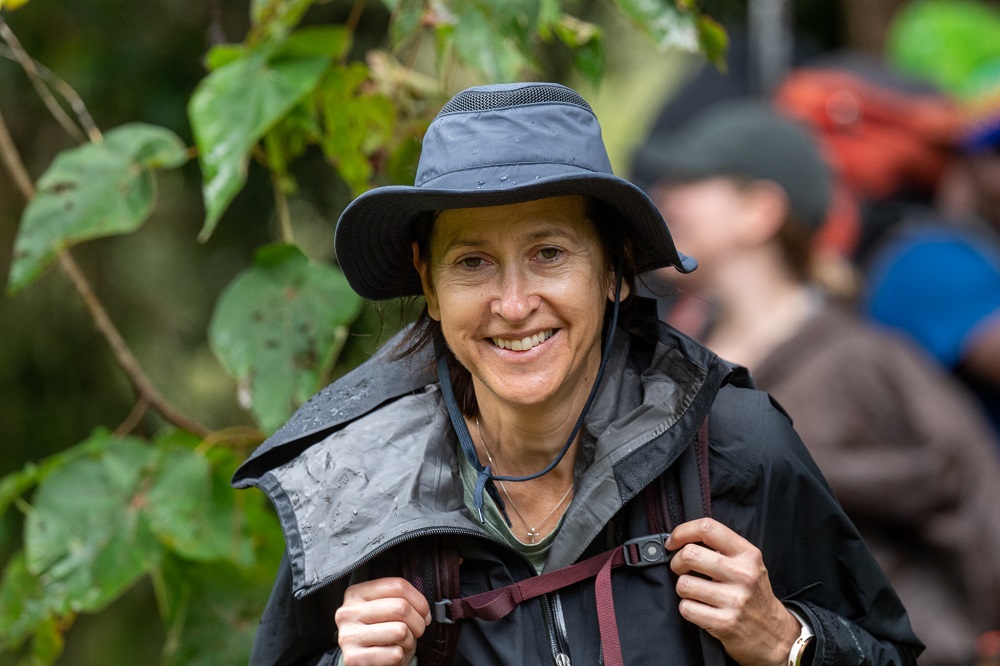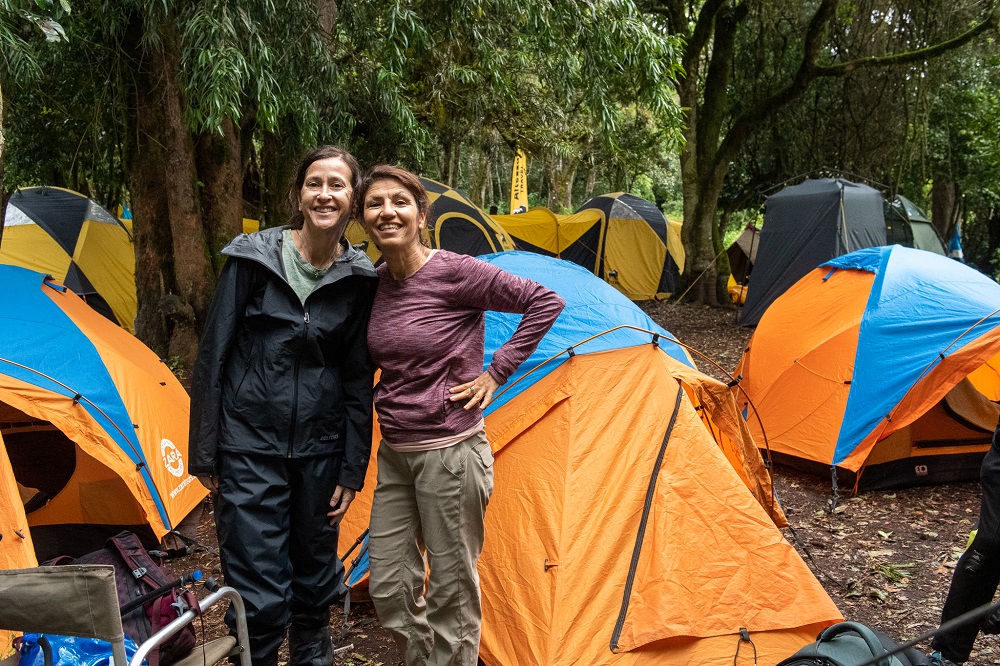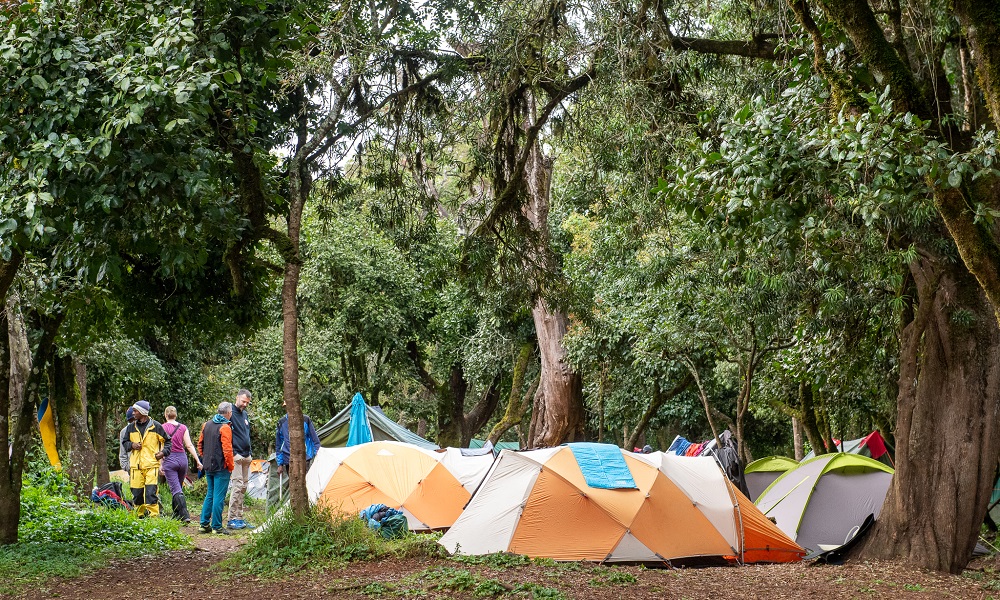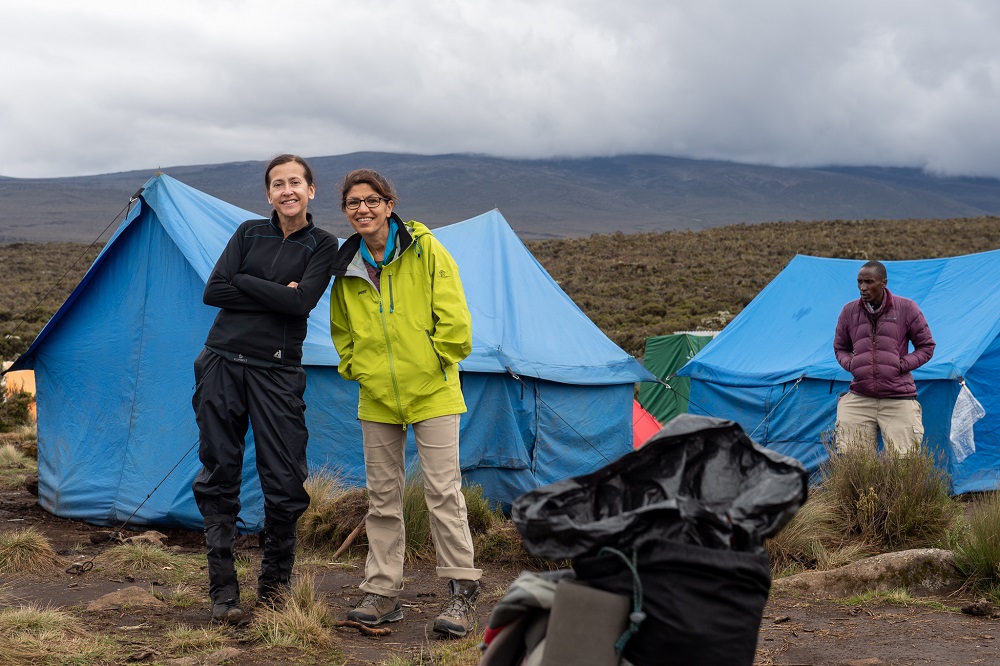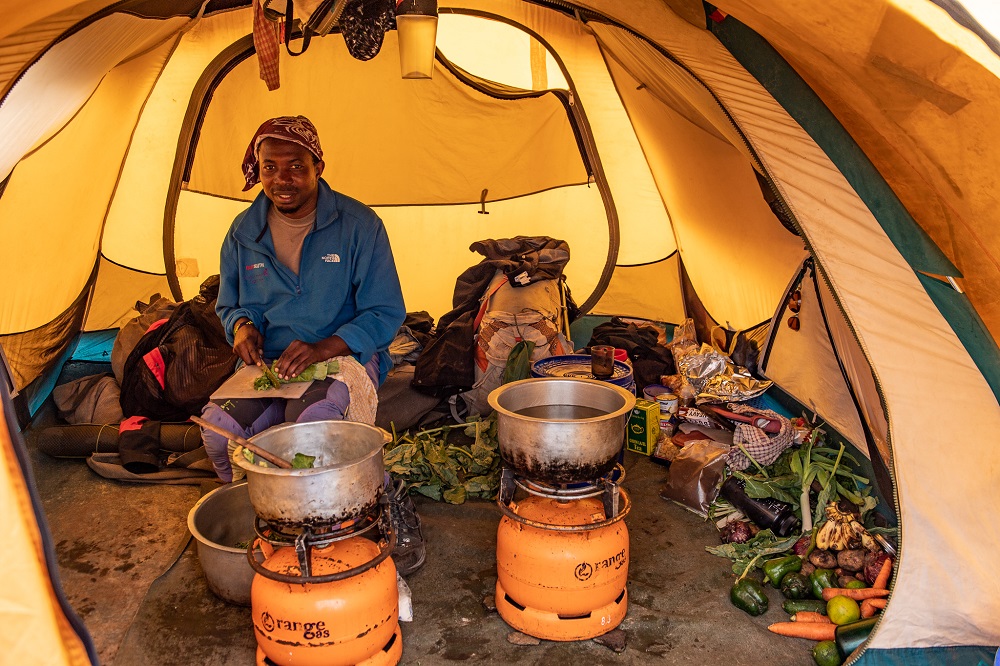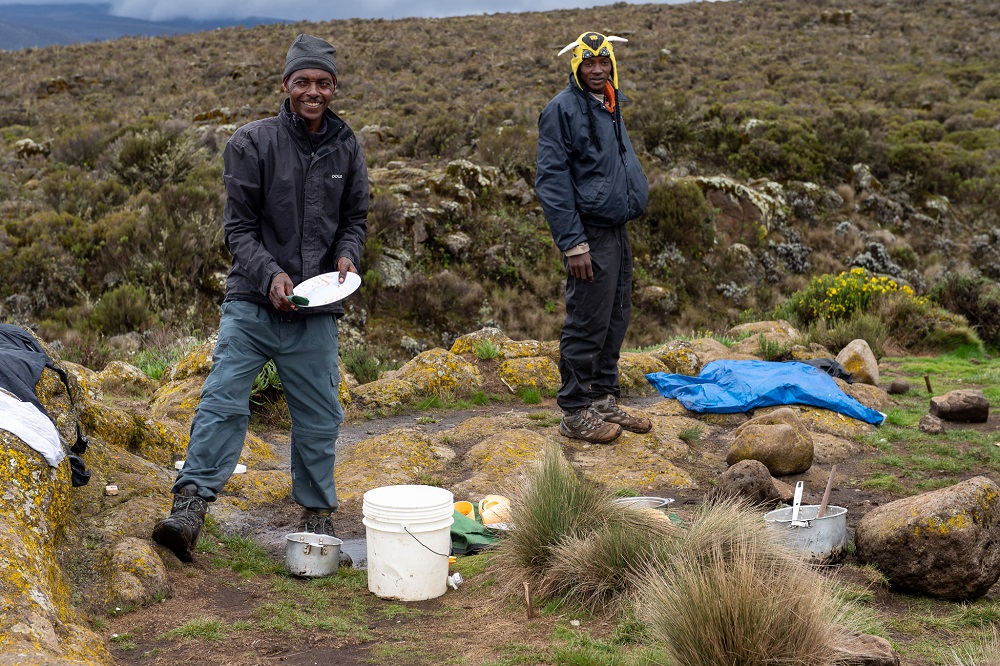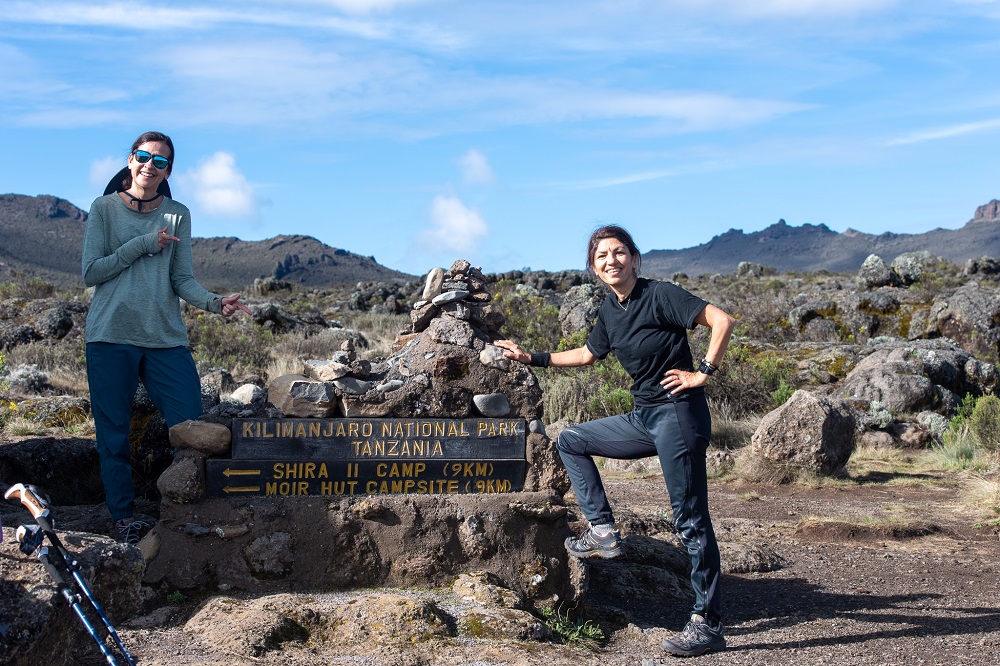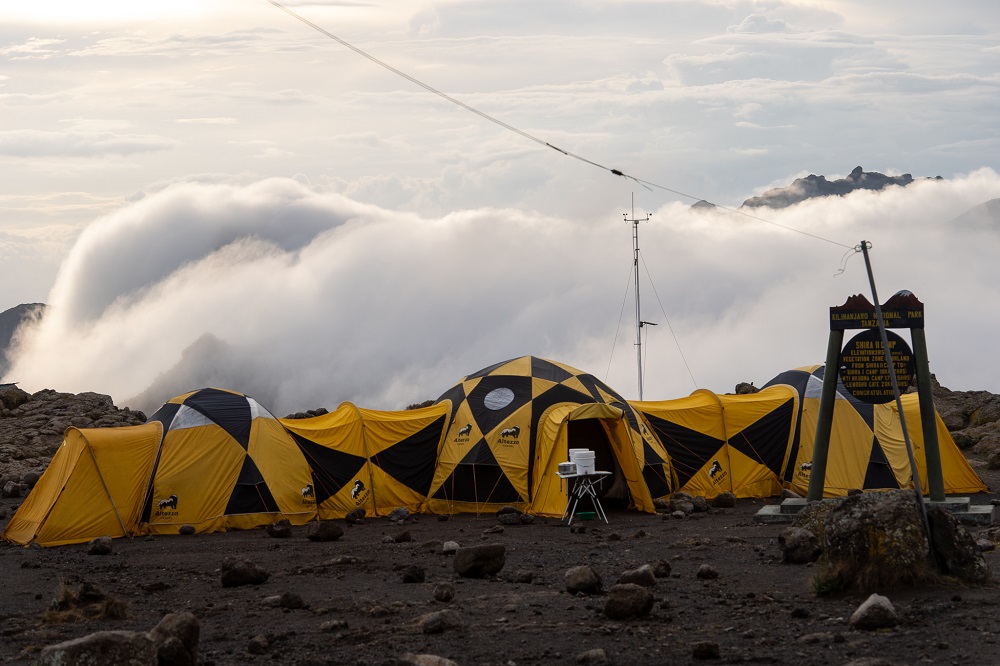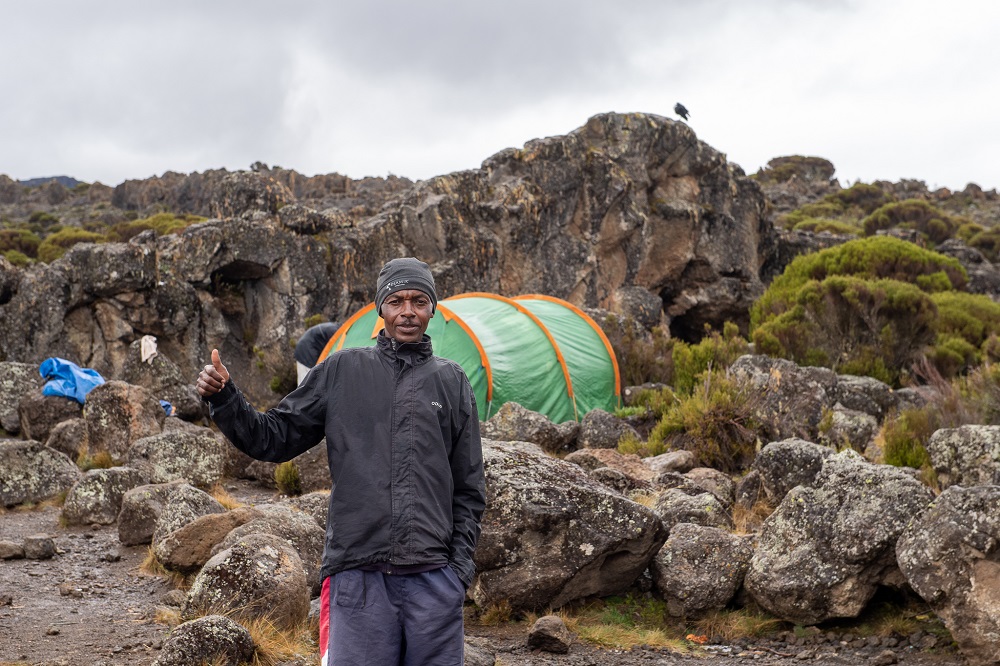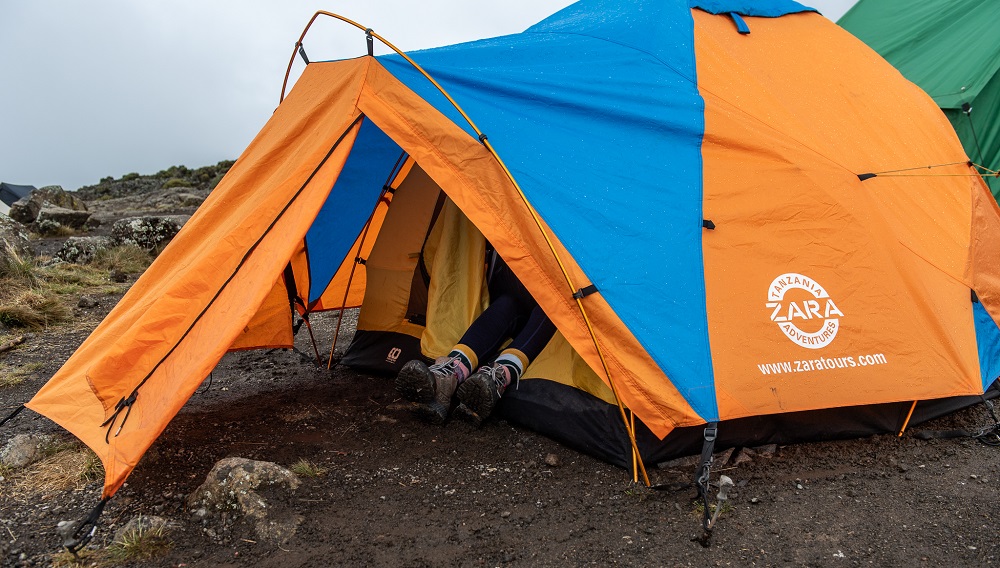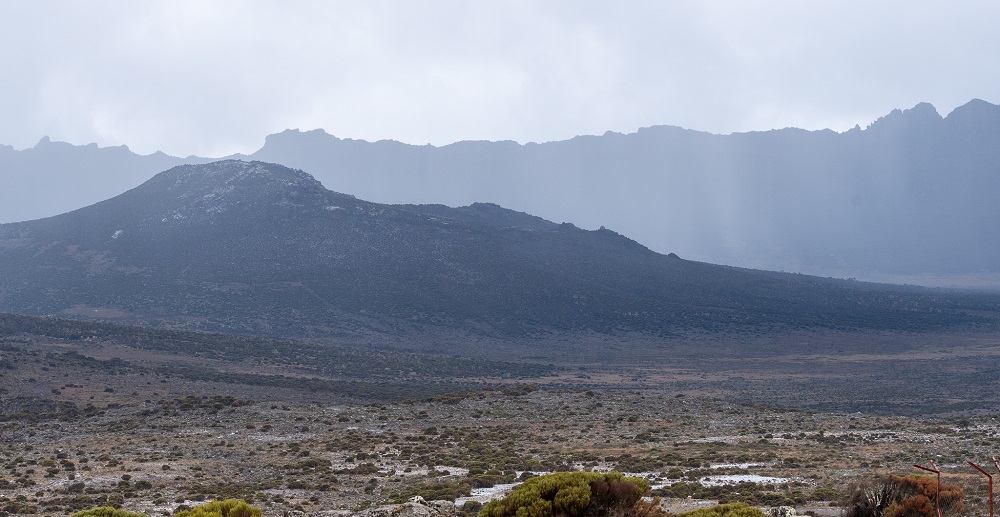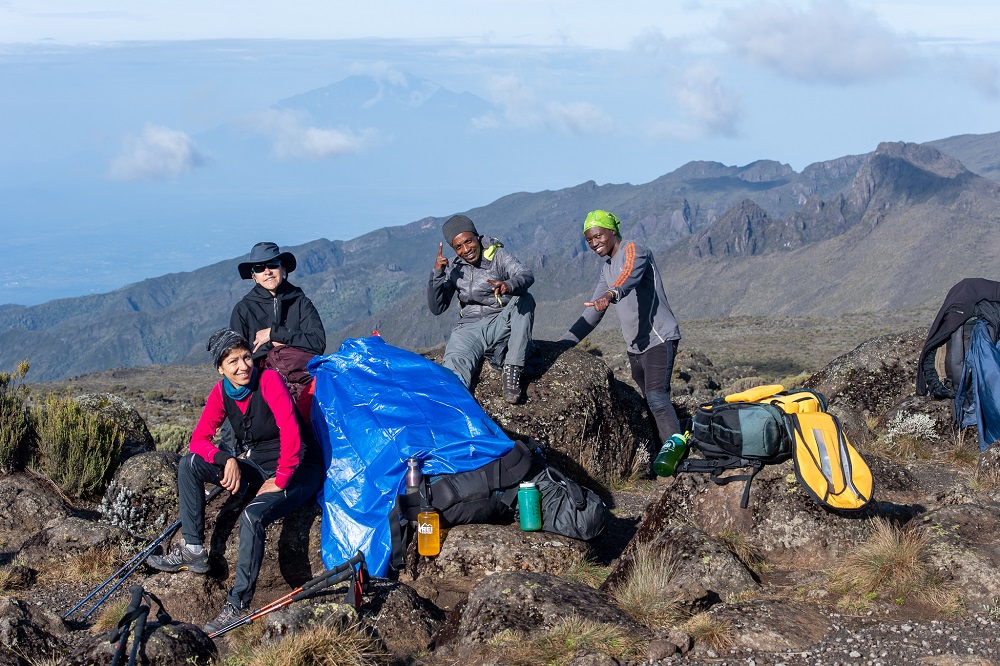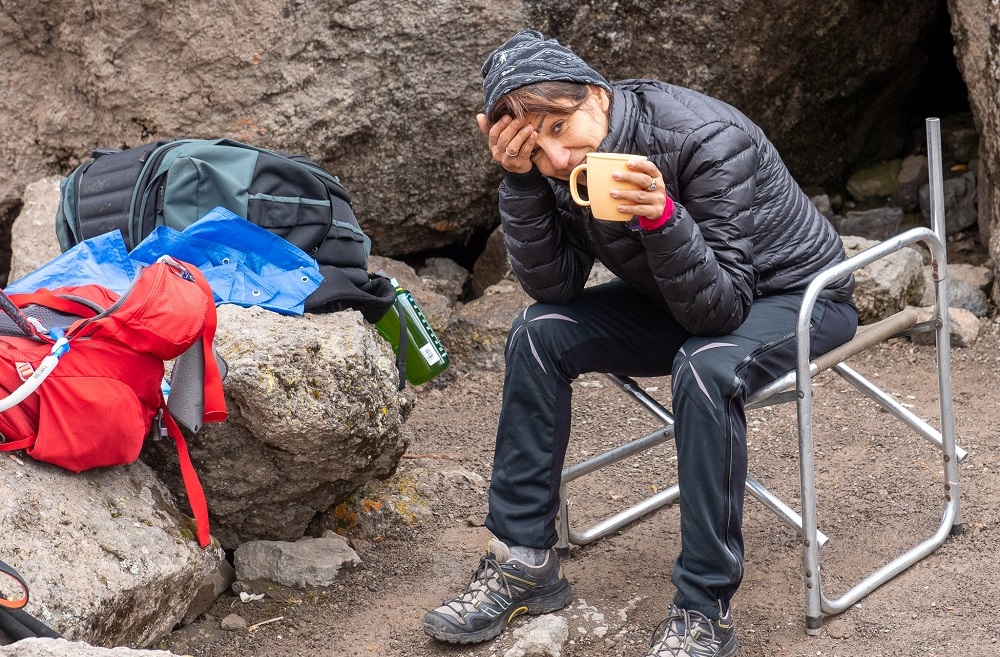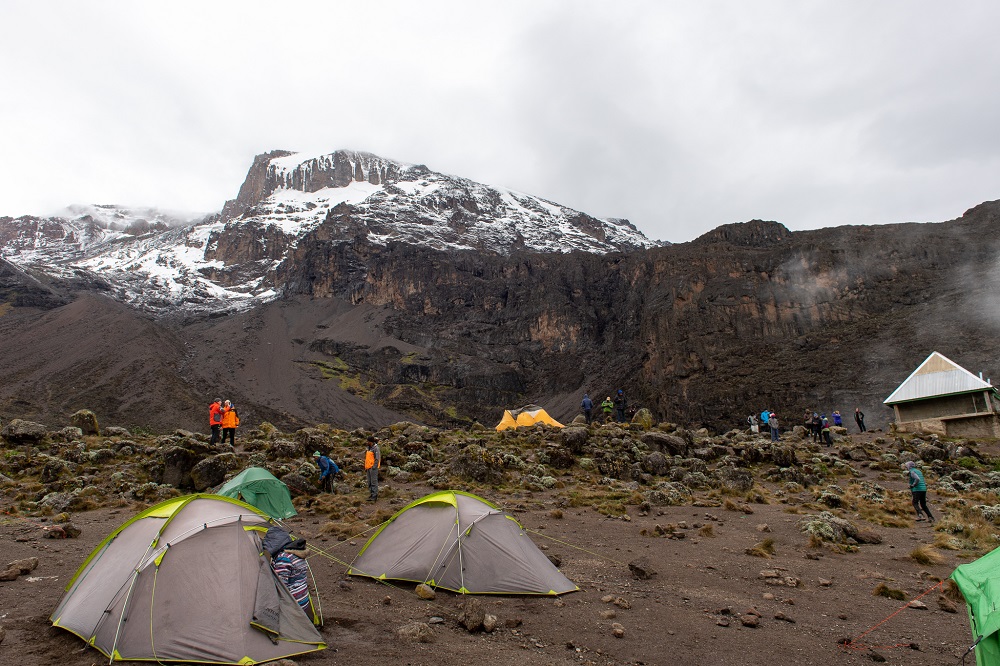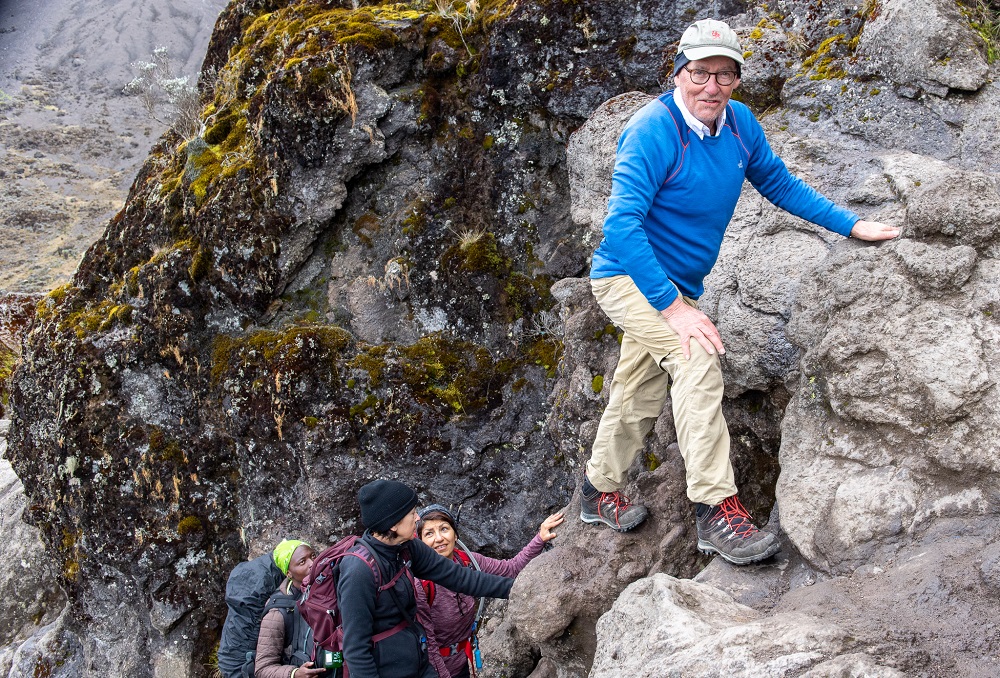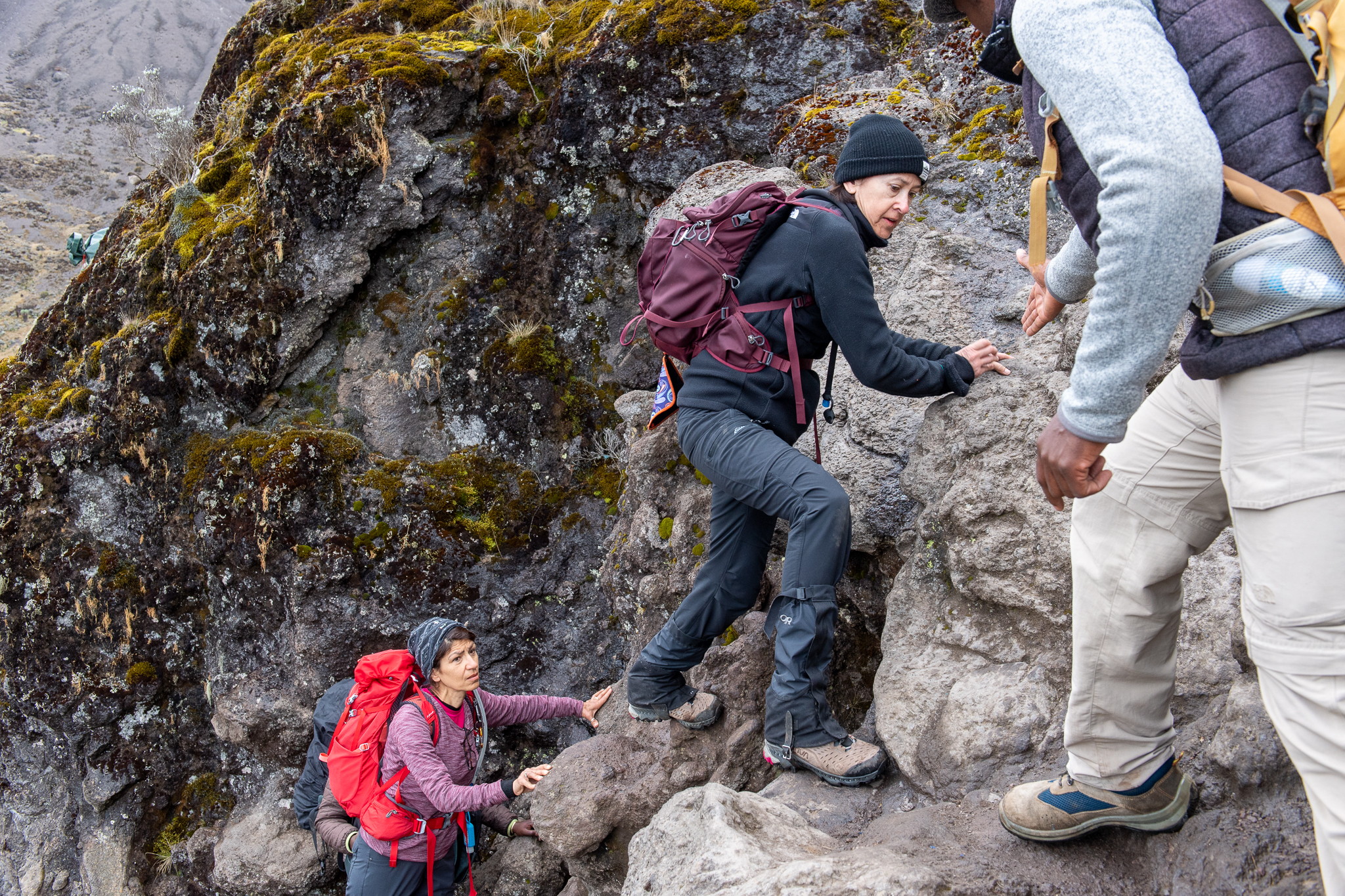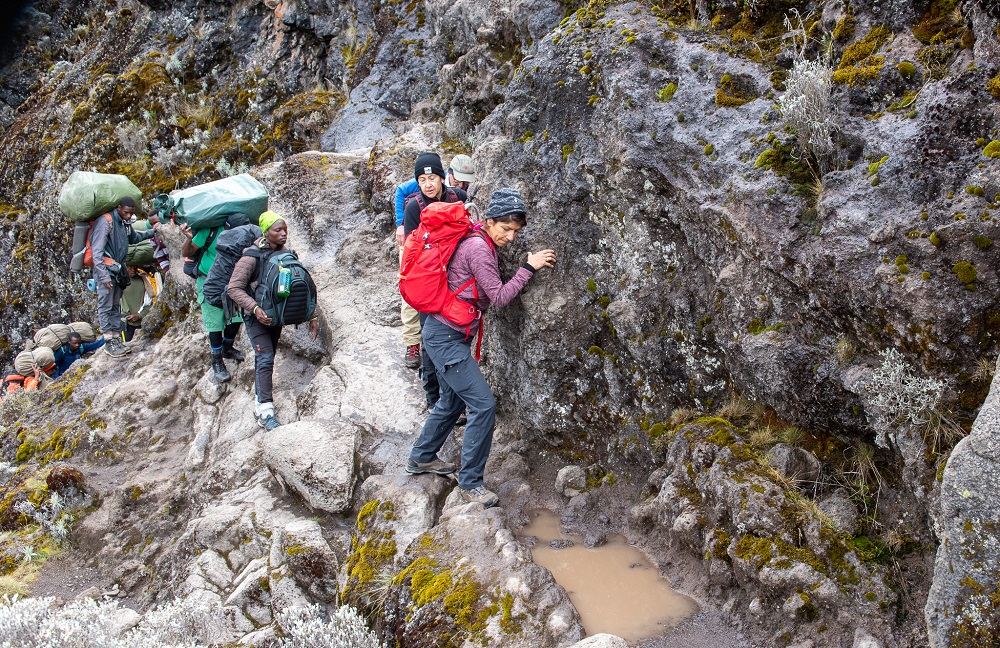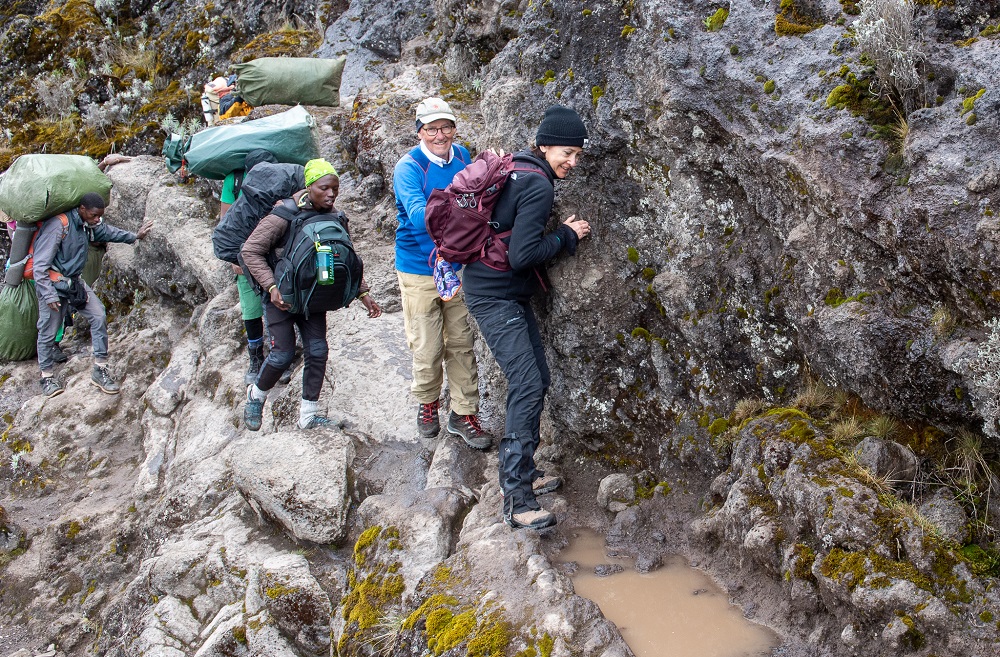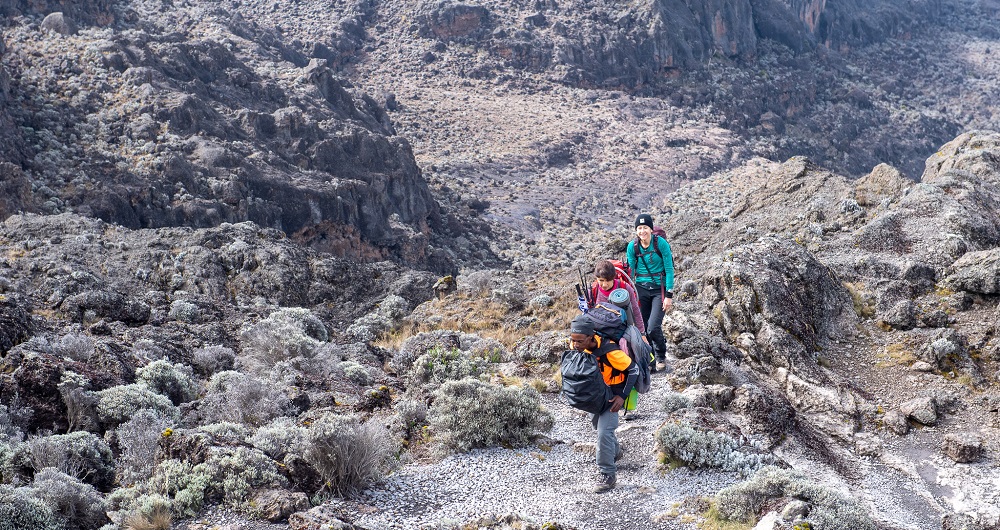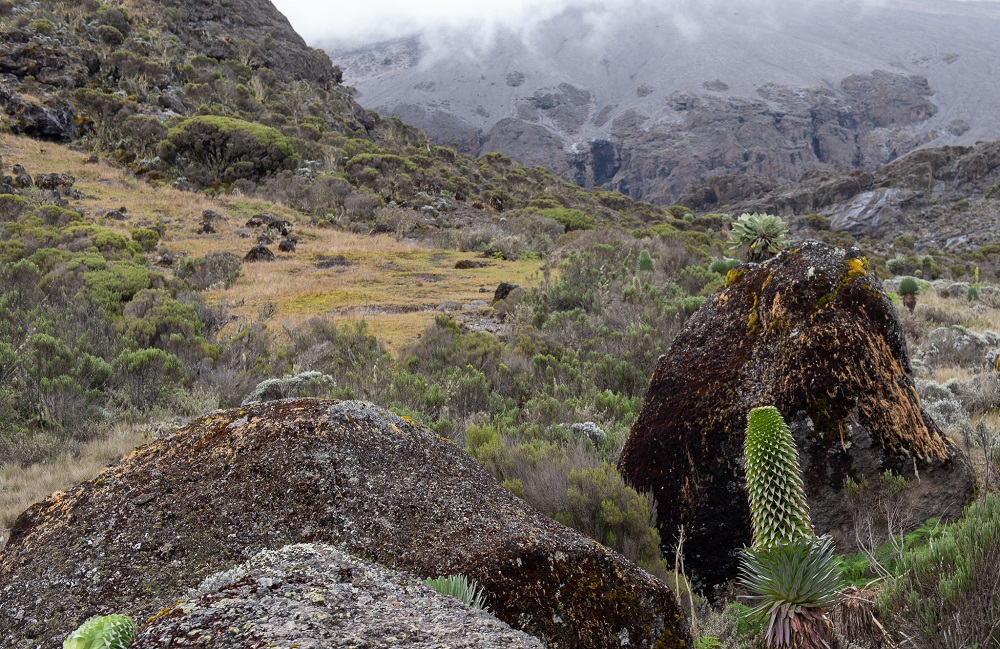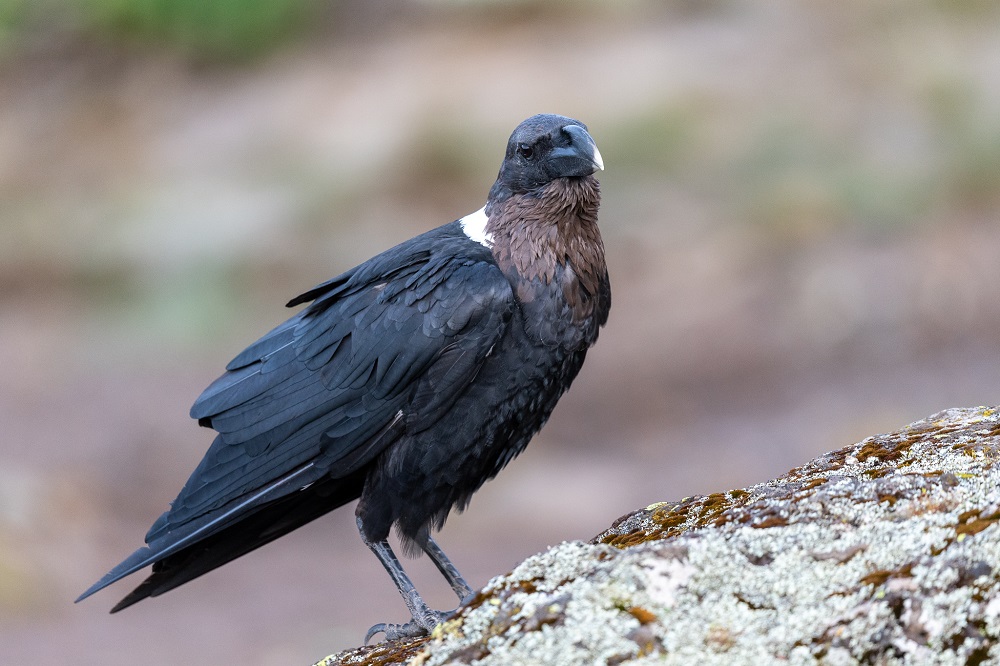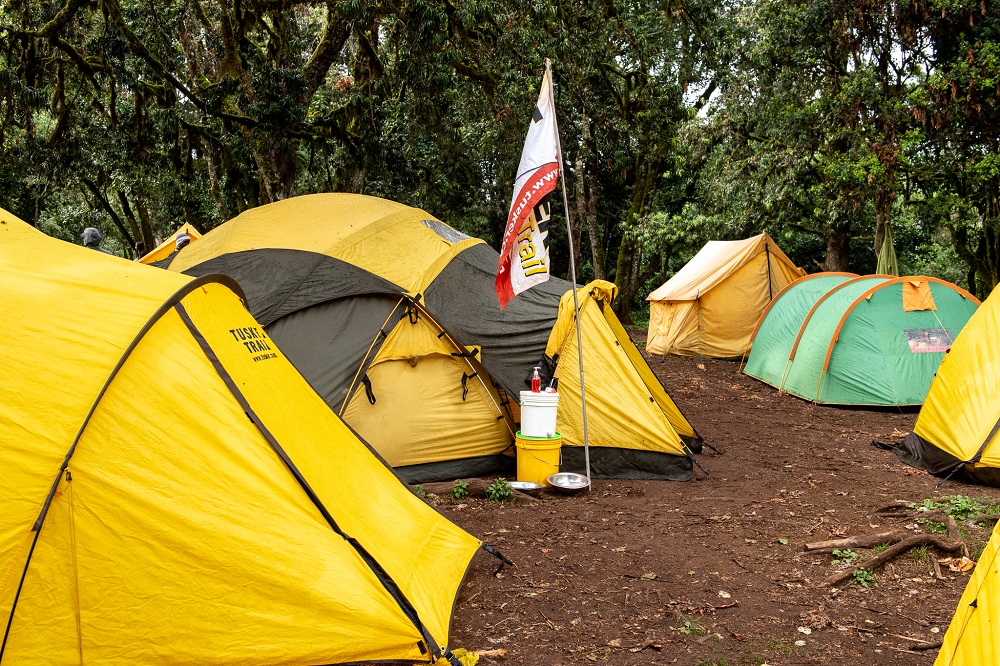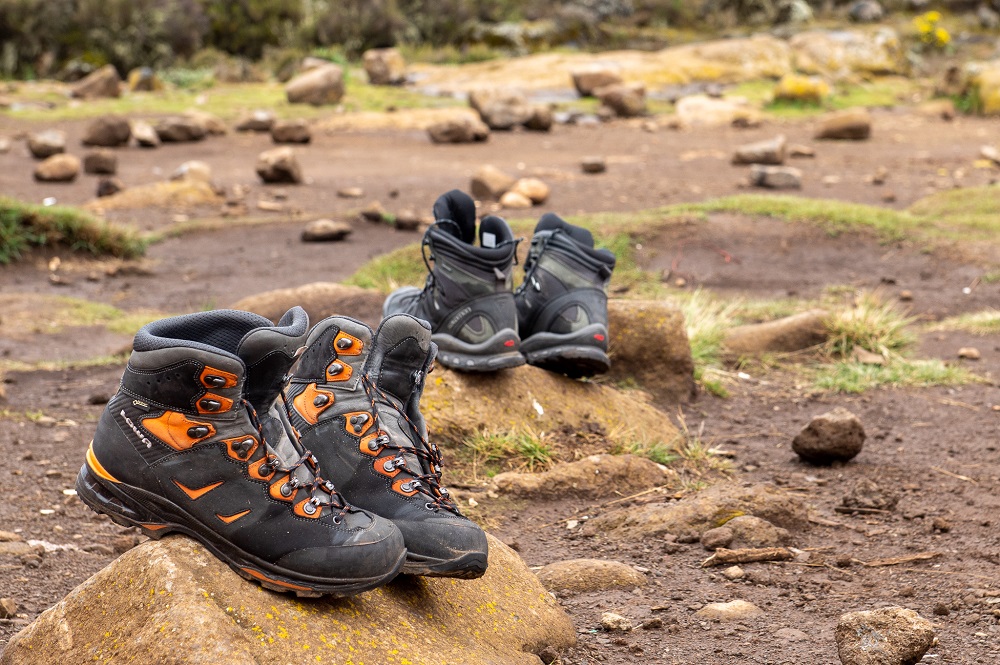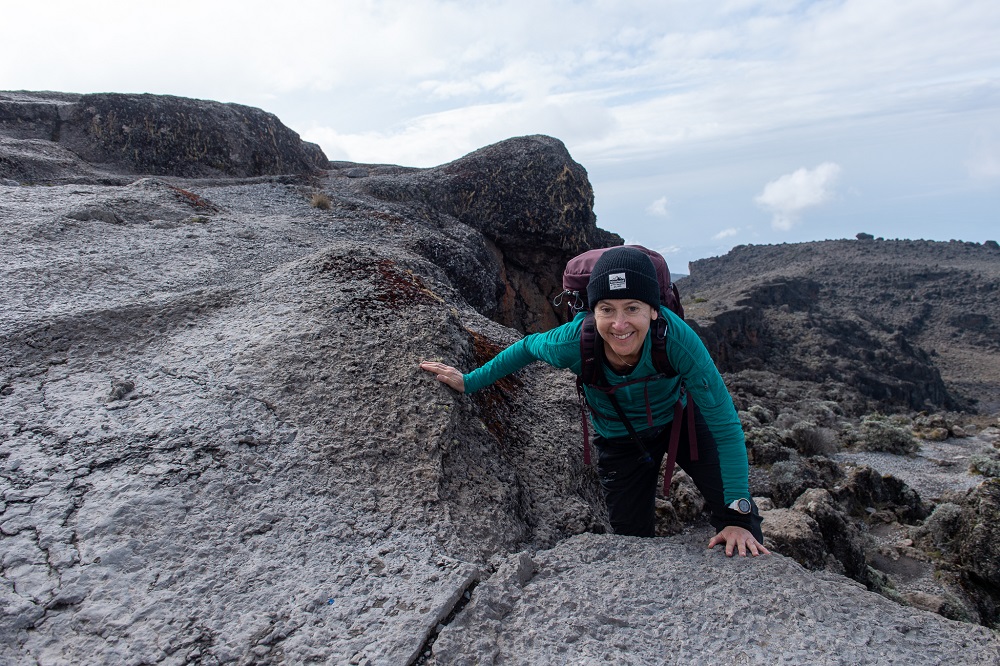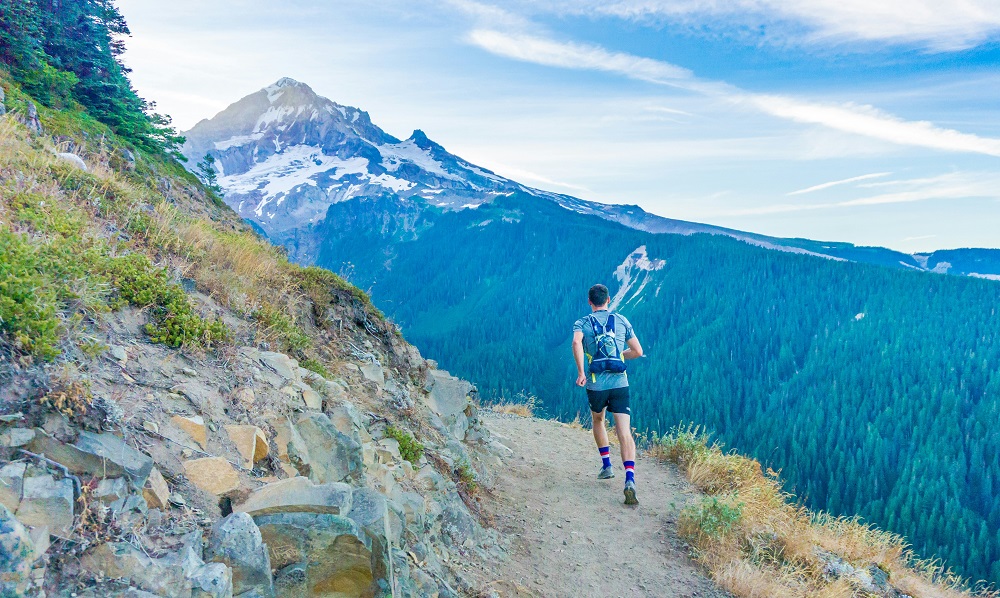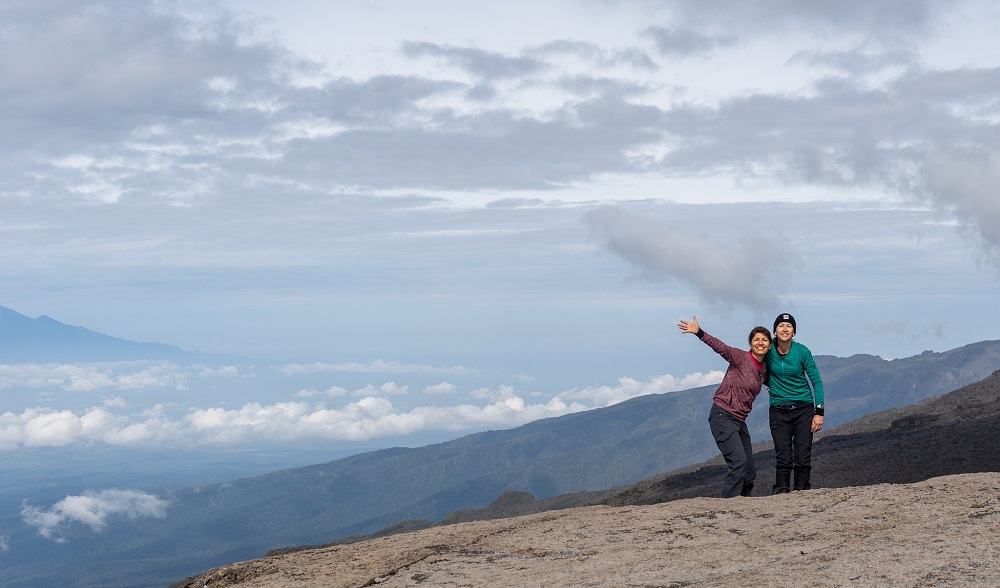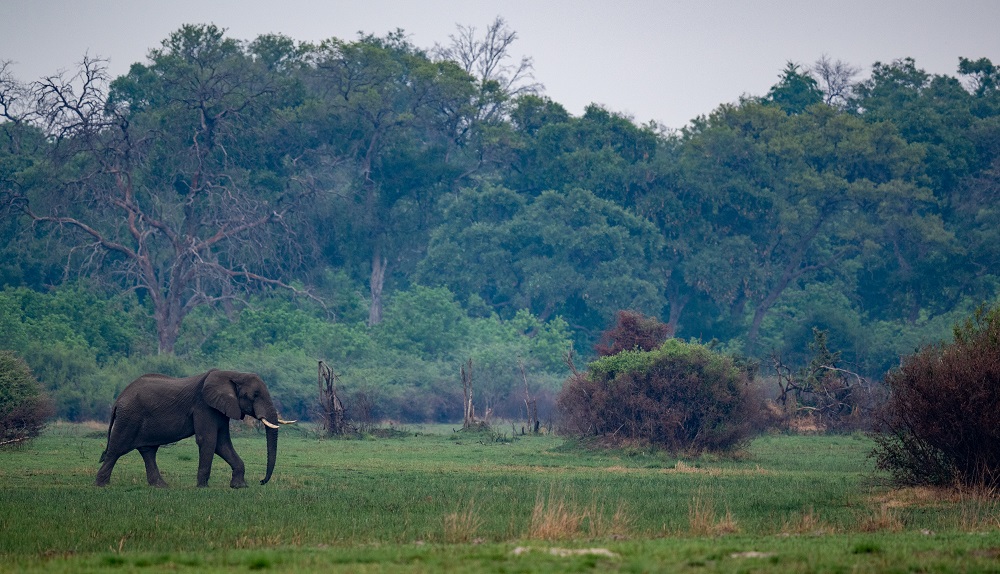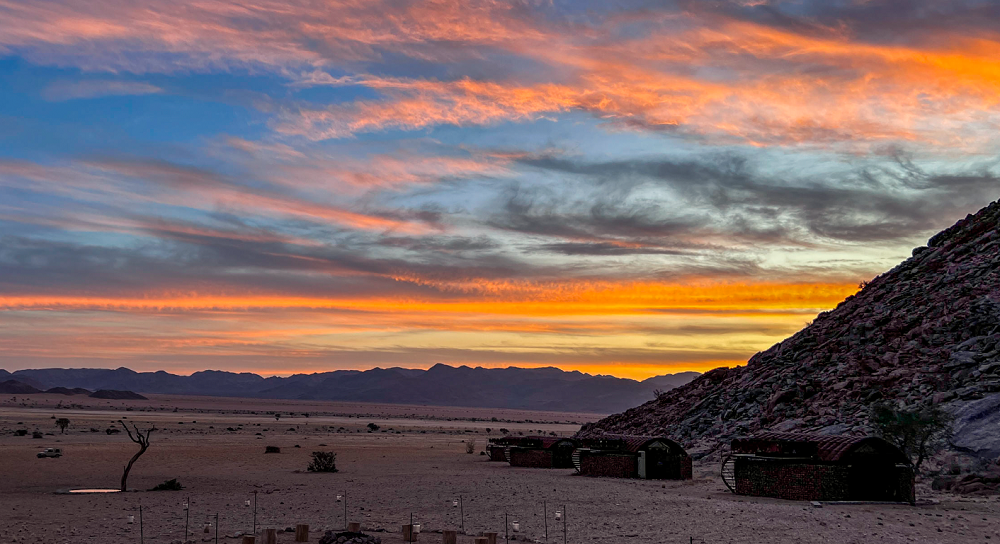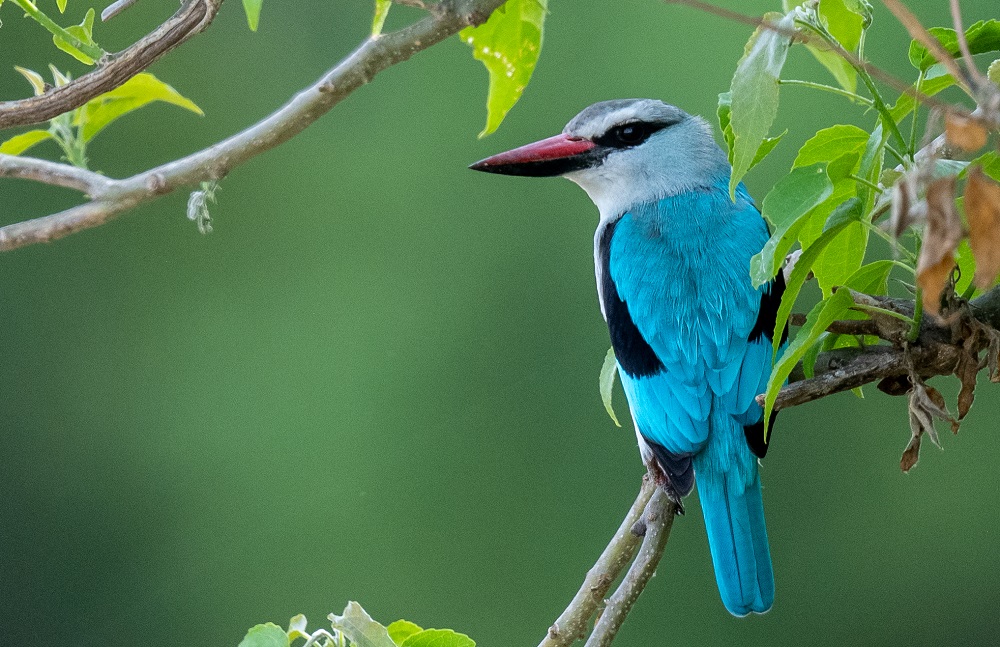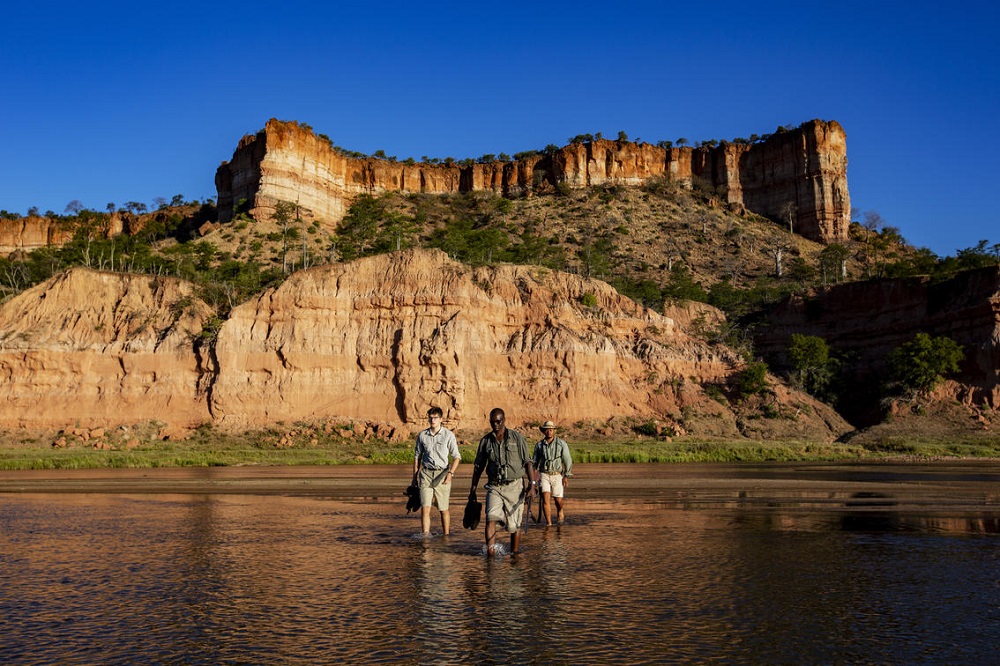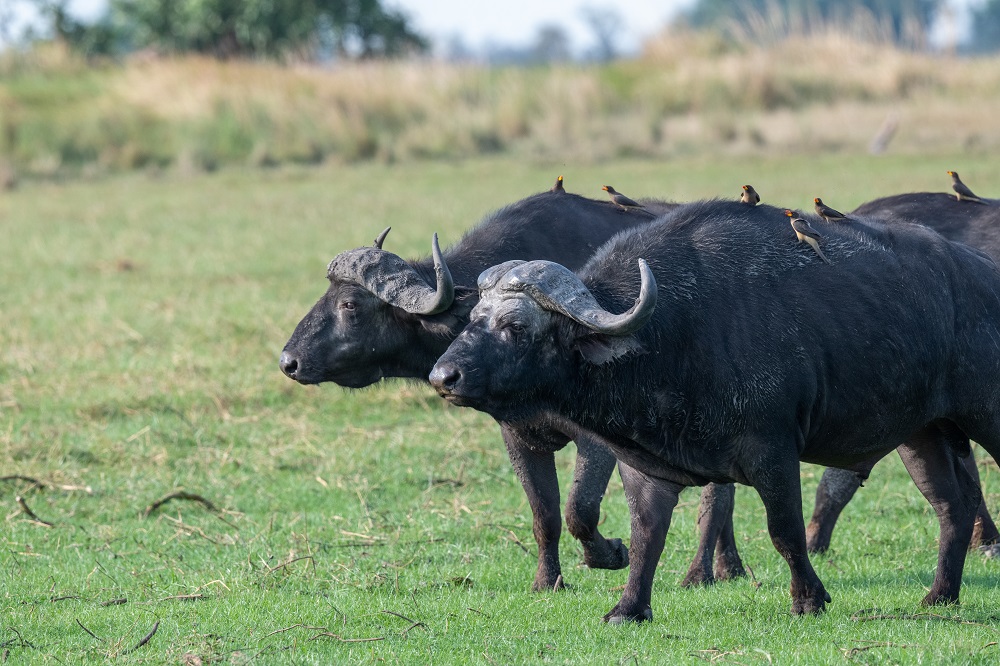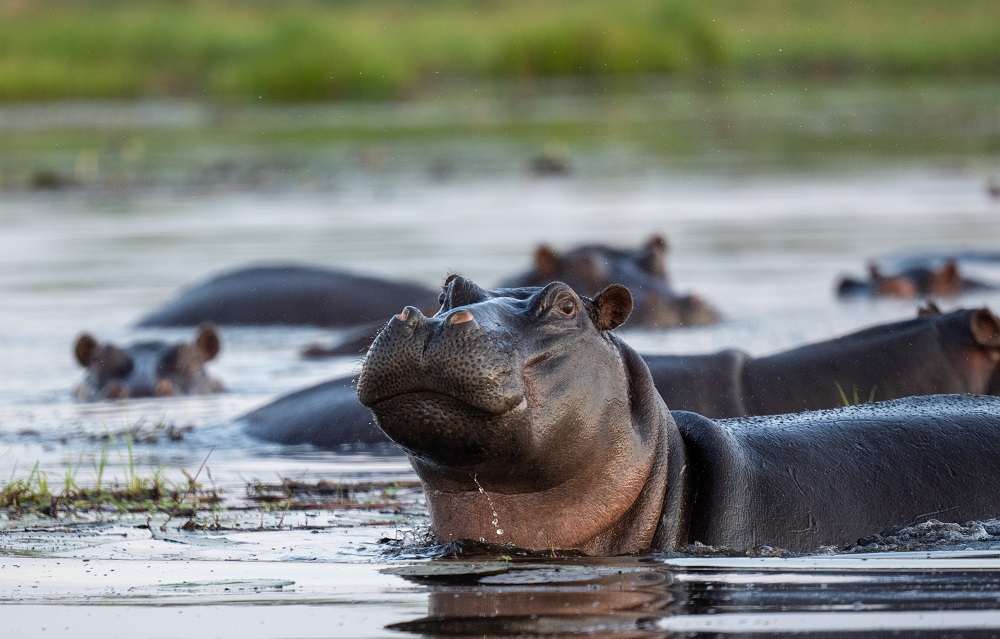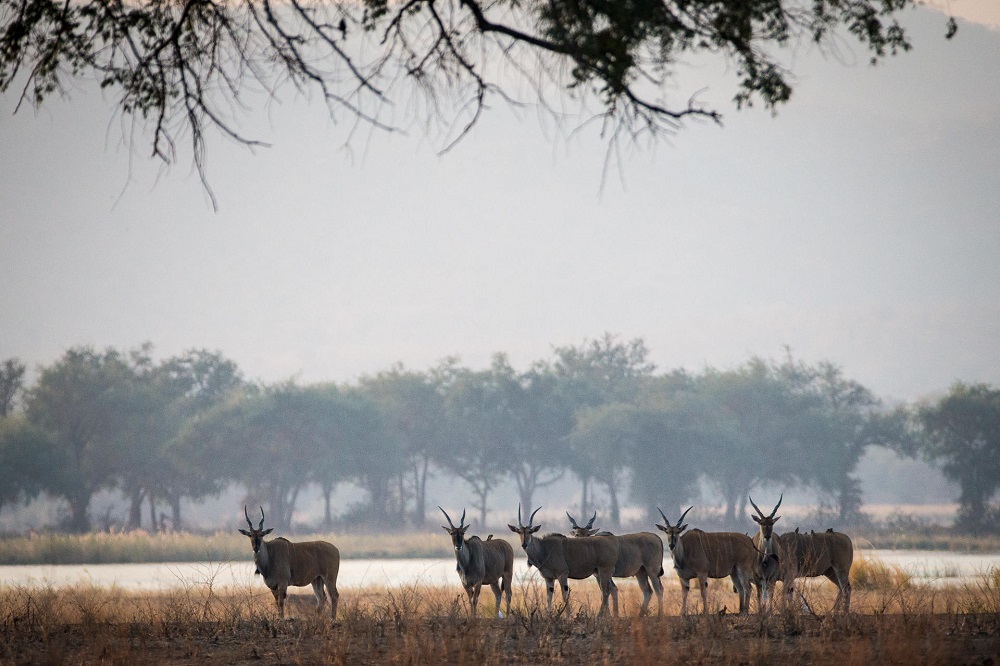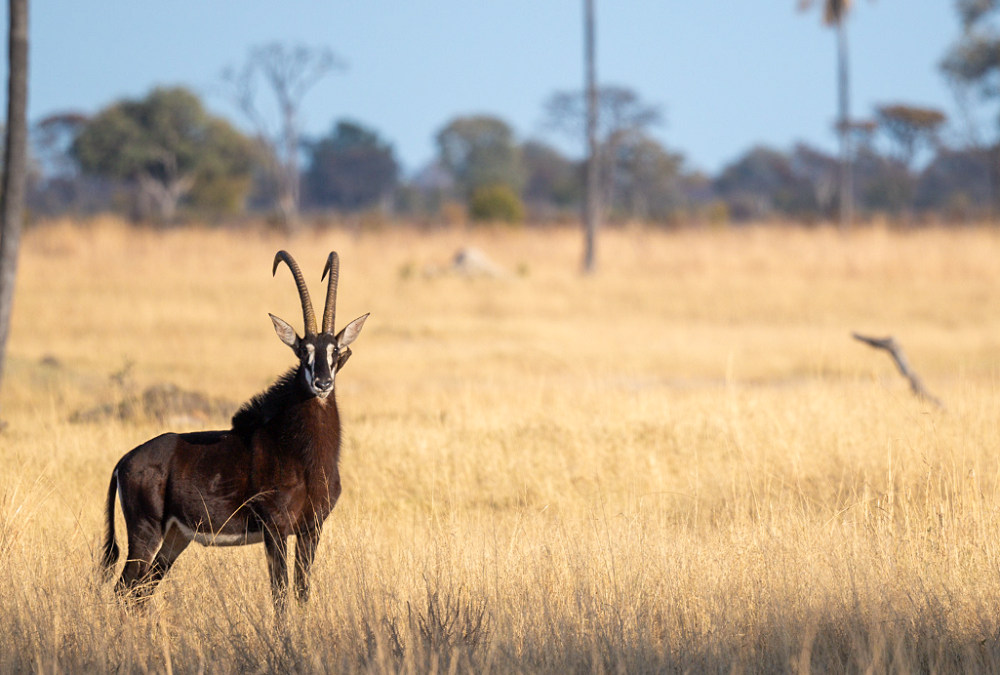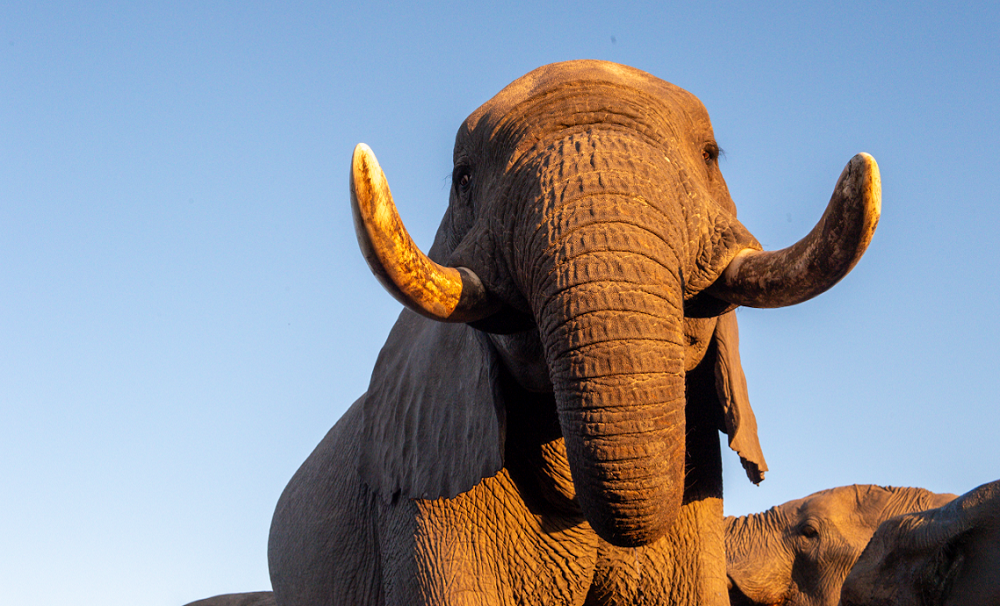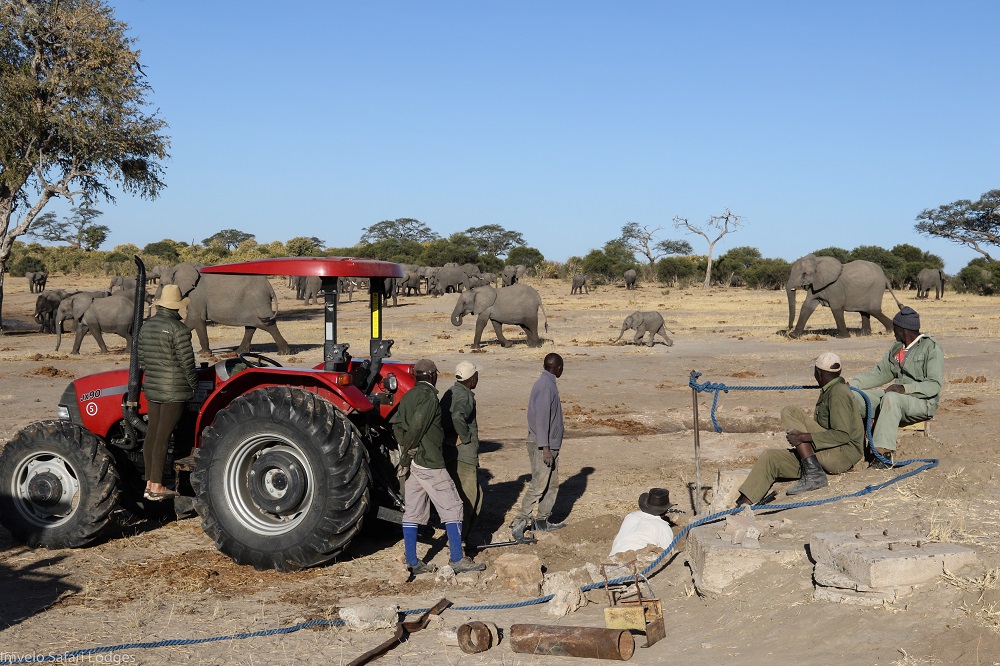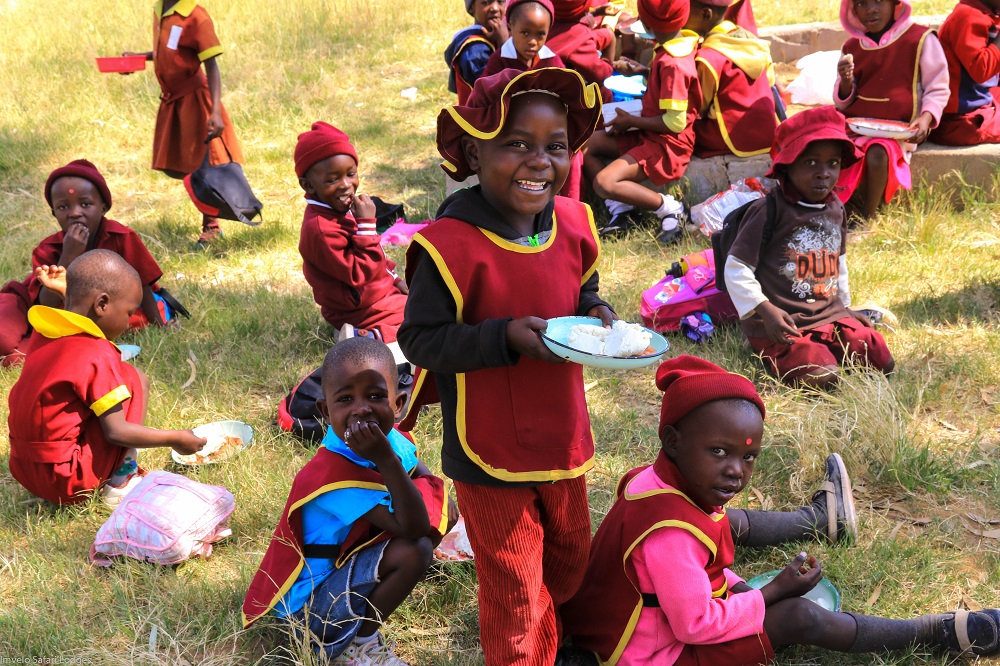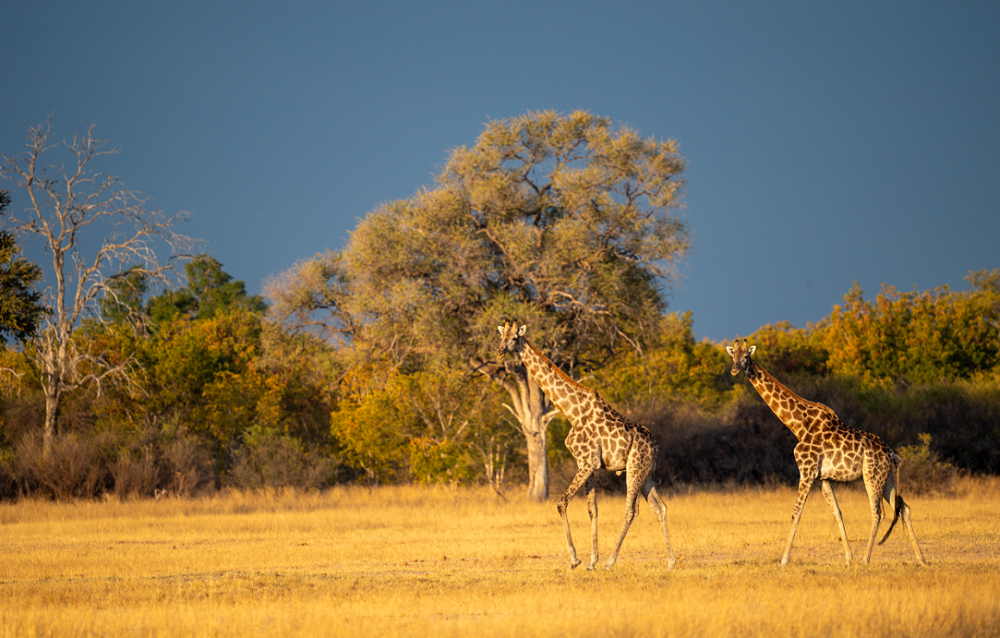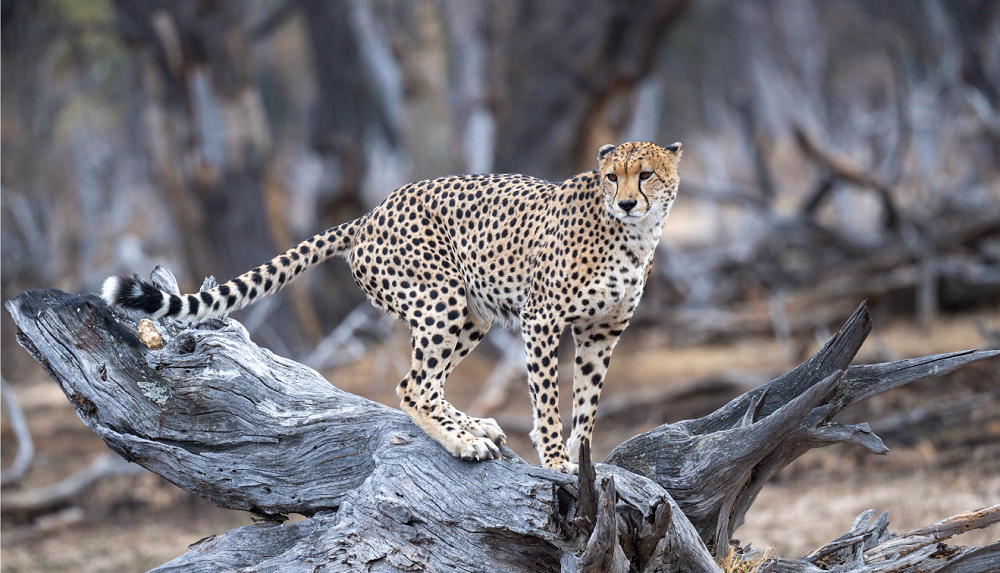For me the most fun part of our business is designing itineraries. That’s where our 50 plus years of African experience and our team’s regular inspection and educational visits come into play. Rarely do we include a property which we haven’t been to ourselves and never is how often we include a property where guests may be forced into a middle seat on safari.
Over the years we have gotten better at customizing itineraries to match a particular party’s interests and objectives. Without simply opting for the most expensive properties.
So where would we go ourselves if we had to book an Africa trip this very minute, using mostly the properties which our Fish Eagle Safaris team checked out over the last couple of months? I asked the members of our Fish Eagle Safaris team to chime in.
Here is what they had to say:

Lyndon: “I’d opt for a combination of Victoria Falls and Botswana and the trip would ideally include several days at Wilderness’ new Mababe concession camp, Mokete. On just one day there in late May we saw more animals in total, more different species and more rarities (how about aardvark, African wild cat and bat eared fox) than most visitors would see in a week on safari elsewhere.
Consider taking a business class flight into Vic Falls, if only to get to the front of the line for the visa/immigration process which has lately proven to be quite challenging in terms of duration. Victoria Falls is a good starting point to shake off some jet lag and it acts as a buffer in case of any flight delays. It has many attractive accommodation options including Ilala Lodge, Pioneers, Palm River Hotel, The Victoria Falls Hotel and Stanley & Livingstone Hotel. Be sure to include a guided tour of the falls and a jet boat sundowner cruise.
From there I’d head to Hwange for three or ideally four nights at one of the Imvelo or Wilderness properties such as Camelthorn, Bomani, Linkwasha, Little Makalolo, or Davison’s, depending on budget. I have a soft spot for Hwange and to date this year it has been producing some great game viewing. We’ve previously mentioned that the country is facing what could end up being a serious drought. Game viewing should continue to be good but young and weak, older elephants will be facing an uphill battle towards the end of the dry season.
Ideally, end your safari with at least six nights in Botswana split between two camps.
I would put Mokete right at the top of the list for the remainder of this season and likely into the future. It’s a unique Botswana property; on my recent visit there it felt a lot like visiting the Serengeti, somehow relocated to southern Africa. Mokete is really a ‘must visit’ from now until probably November – and will likely be excellent until then.
With Mokete, I would add a few days at perhaps Karangoma and – for a true Okavango Delta experience at an affordable price point – two nights at a water camp like Setari.
Our group had a fabulous time during our all too short 2-night stay at the brand new Karangoma. It is an intimate camp with only 6 tents, each one with just the right amount of luxury. The scenery in the north-eastern Okavango Delta is idyllic and the remoteness is unparalleled with a 10-minute helicopter flight required to reach camp.
Setari is also remote and requires a boat ride of about 45 minutes from the airstrip to reach camp. Located in the main artery of the Okavango Delta it has permanent water year-round and is a different, more laid back experience than many other Botswana camps. The perfect way to end a successful trip.
Jason: “One of our most successful offerings has always been a combination of South Africa, Victoria Falls and either Zimbabwe or Botswana. If I could book a trip for a client right now, that’s where I would try to focus my efforts.
With a night in Johannesburg, or a few in Cape Town at the start of the trip to try and mitigate jet lag, the trip would kick off with four nights in Sabi Sand at one of our favorite properties. Mala Mala, Savanna, Sabi Sabi, Leopard Hills and Cheetah Plains all make for excellent choices with varying degrees of luxury and price points. The Sabi Sand is a game-rich Big 5 location and has always produced for our guests.
Next, a light air flight to Kruger’s MQP international airport would connect with a commercial flight to Victoria Falls. Ideally, spend two nights here at properties like The Victoria Falls Hotel, Ilala Lodge or Batonka Guest Lodge. We typically recommend a tour of the falls, a sunset cruise and some free time to explore Victoria Falls Town. You could also fill time with adventure activities like scenic helicopter flights, gorge swings, swimming in Devil’s Pool right on the edge of the falls (time of year dependent) or cultural activities in nearby villages.
The last three to six nights on this type of itinerary would be in Botswana’s Okavango Delta where things can slow down a little bit. With a huge number of amazing safari camp offerings, it’s difficult to decide just where to go. But you can count on our knowledge of the camps and areas to select a combination that would work best for your needs.
Want to see the highest concentration of wildlife? In that case you’d definitely want to spend some time at Wilderness’ Chitabe/Chitabe Lediba camps. It’s been delivering simply brilliant game viewing with guests treated to mesmerizing experiences involving leopards, cheetahs, lions and African painted dogs, day after day.
Want to relax on the water in a boat or mokoro? Stick with some of the Okavango Delta camps (in flood season) like Wilderness’ Kwetsani, Little Tubu or Jao or Great Plains’ Okavango Explorers Camp.
Want a combination of land and water activities? Machaba’s Gomoti Plains might be the answer. Even during droughts the Gomoti area has water year-round for mokoro rides and typically there is enough for boating as well. Plus it has plenty of open plains to explore on a traditional vehicle safari. On my recent trip, we found ourselves joining a hunt – bounding through the bush in an attempt to keep up with the effortlessly fast pace of a pack of painted dogs. Later that same morning we were on a mokoro attempting to photograph malachite kingfishers, African jacanas and red lechwe antelopes.
Bert: We’ve always advised prospective travelers to Africa to spend more time in fewer areas. Based on my experiences on our most recent trip I think visitors would do well to extend that principle into their day-to-day activities on safari. Ideally by including the services of a private guide and vehicle on at least part of their trip.
This makes it possible to slow down game drives in order to spend less time actually driving, and more time experiencing. More time to observe, to record, and to learn. Focusing on the details of specific sightings and not just bouncing around from animal to animal.
Not trying to check everything off your list often results in unexpected but welcome developments. Mostly in the way of seeing something much more interesting than what you started off with.
Patience and perseverance almost always pays off in the wilderness. We’ve had painted dogs walk into an otherwise blah sighting, we’ve seen ‘stationary cheetah’ turn into ‘running cheetah on the hunt,’ and we’ve experienced baby leopards suddenly and unexpectedly join their mom, right in front of us.
Where would I go right now, looking mostly at the properties which Kathy and I recently visited in East Africa? I would book my Kenya Airways non-stop flight from JFK to Nairobi, spend a couple of days in Nairobi (for a morning game drive in Nairobi National Park and a visit to the Sheldrick Elephant Orphanage) and then head to either Lewa or Laikipia for 4 nights. Few other places in East Africa or the rest of the continent for that matter, can match properties like Lewa Wilderness or Kicheche Laikipia in terms of diversity. They have all the usual plains game and the big cats, and on top of that a trio of superb near-endemics in the way of Grevy’s Zebra, reticulated giraffe and beisa oryx. Plus healthy numbers of both black and white rhinos with their horns intact.
And then I’d head straight to the Masai Mara, splitting my time there between a property in one of the conservancies to the north of the Mara, and ending with a few days in the Mara Triangle, in the north of the park. These two areas make a great combination, melding the freedom to go off-road inside the conservancy and the ability to drive at night, with the amazing grandeur and spectacle of the Mara Triangle. Inch for inch it is about as fascinating and rewarding an area as one could visit anywhere in Africa. The Mara Triangle is also one of Kenya’s most reliable areas to experience the great migration, within striking distance of several known crossing points.
Kathy: On our recent visit to Kenya, I was amazed by the abundance of wildlife in three of the private conservancies to the north of the Masai Mara, namely Naboisho, Mara North and Lemek. Almost everywhere we looked, there were zebras in their hundreds. Plus masses of Thomson’s and Grant’s gazelles, topis, eland, buffaloes (some huge herds!), giraffes (so many!), tons of wildebeest, hippos wherever there was water, elephants – and several prides of lions.
I would recommend to prospective travelers to Africa to spend up to a week or so in the Masai Mara, split between two of the conservancies or by including an additional few days in a camp which does its game drives in the Mara Triangle, such as Olonana, Little Governors, or AndBeyond Bateleur Camp.
In addition to the Mara, Kenya has several other superb safari destinations; call or email us and a member of the team will be happy to talk to you about Tsavo or Amboseli, Lewa, Meru or Samburu. We know them all really well and can give you just the right advice as to how they can fit in with a trip to the Mara.
For now, I will concentrate on the three properties which we visited in the conservancies. Any one of these would be an ideal ‘anchor’ property for a Kenya safari.
Saruni Leopard Hill – Mara Naboisho Conservancy
The female management team at Leopard Hill is very accommodating and they want to insure your comfort and enjoyment at their lovely little camp. The communal area is attached to the dining area and you will enjoy the view – beautiful fig trees surrounded by 3 waterholes. The dining/communal area is on a platform and there are steps leading to a small area where guests congregate around a small bonfire in the evenings.
This camp has 6 tents. We were in tent #3. I really liked the generous size and layout of the tents. The rooms also have a skylight which you can open up at night to ‘sleep under the stars.’ Not advisable during the rainy season though. The rooms have a king-size bed, great pillows, desk, daybed/couch, double sinks and separate shower and toilet as well as an outdoor shower. Plenty of room for your gear and a great patio overlooking the game reserve. The rooms are spaced far enough apart for privacy. They also have a honeymoon tent with a nice lounge and a family tent – two tents next to each other with doors (instead of zippers) suitable for a family of 4
A bonus at Leopard Hill is a complimentary 30-minute back and neck massage – don’t pass this up! The spa tent is in a nice, quiet area and the masseur is a man named Viki Geel who has 18 years’ experience. He is excellent! Viki also offers yoga and stretching. I am so glad I took advantage of this and if I had more time, I certainly would have spent more time at the Leopard Hill Spa!
We had a ‘surprise’ romantic dinner on our patio the second night – very well done.
Wake up – coffee/tea are brought to your room.
We had great game viewing and a bonus here – and in the other conservancies – is the off-roading which makes a big difference if you want to pull up close to a lioness with her cubs hidden in the bushes. As we did.
Kicheche Camp: Mara North Conservancy, Masai Mara
Andrew Obaga is the manager at Kicheche Mara and he and his very competent staff know how to make you feel comfortable and right at home. One is introduced to the camp after walking over a small bridge and up a short hill. At the top of the hill is an amazing and unexpected sight – a beautiful and well-maintained mowed lawn with communal dining and photography tents. Early the next morning there was a little family of three tiny dik-dik antelope on the edge of the lawn; humans are not the only ones who find it appealing.
The camp: the first communal tent is a photographer’s dream tent offering the photographer access to WIFI, computers and more. The photographer’s tent has just about everything needed for safari photographers – a real bonus in the bush! Right next door is a restroom. Walk a few more feet and you will find the dining tent with a lovely patio – indoor/outdoor dining. Two more communal tents with nice lounges, bars and two more tented restrooms complete the communal area.
Kicheche Mara has a total of 10 guest tents including a family tent. They can make any of the tents into a triple. For example if you want to travel with your mom and sister – they would be happy to put 3 adults in one tent – no problem! The pathway to each tent is clearly labeled using Swahili animal names for the tents. We were in Punda Milia (zebra). Arriving at our tent, the main power switch is a handy pull-string at the front of the tent opening. The tents are very spacious and well-appointed with a daybed, a king-sized bed, desk, open closet for all your items, a bathroom with a separate toilet, two sinks and a nice shower. We had a comfy patio with chairs and a small table so we could watch for any activity at the river.
Kicheche is a fabulous camp and well worth a 3-night visit. Tents on our side were: Kiboko, Punda Milia, Topi, and Kanga. They are all a short walk to the main area. Andrew told us the ‘honeymoon tent’ is located quite a bit further from the main area. Wake up – coffee/tea is brought to your room.
The food was excellent at Kicheche. After each meal the chef checked on us to make sure we were satisfied.
As was the case at the other camps in the conservancies, game viewing at Kicheche Mara commenced right out of camp. Twice, driving into and out of the camp, there were three elephant bulls with huge tusks to be seen hanging out in a marshy area close to camp; apparently they spend much of the dry season in that spot.
Hemingways Ol Seki Mara: Naboisho Conservancy, Masai Mara
Hemingway’s Ol Seki camp in the Naboisho Conservancy in the Masai Mara represents complete luxury on safari. The highly accomplished manager, Debbie Paul, gave us a very warm welcome – she had clearly read the guest information form – and we felt like old friends right away. Debbie took us to our room, #5, which was the closest to the lodge. The rooms are equipped with everything you will need including an indoor and outdoor shower, a gorgeous bathtub – quite a luxury on safari – and a separate/private toilet. The room has a king-size bed, a day bed and desk and a spacious wrap around patio perfect for game viewing from your room. I really liked their early morning wake-up – complete with coffee/tea and a to-go insulated mug to take on your morning game drive. You don’t want to waste any time in the mornings, and this was an added bonus.
The dining area has views of the water hole and game viewing area which can be great entertainment while dining or enjoying the communal area. The lounge and bar are attached to the dining area and they overlook a tempting pool and deck with lounge chairs and umbrellas – it’s really hard to beat this view. Relaxing in the dining area or pool area and game viewing at the same time – don’t forget your binoculars.
If you are traveling with your family, you may want to consider the Simba or Chui Suites. Ideal for parties of around 4 to 6, they are exclusive use with a private vehicle and chef, a pool and in a beautiful setting.
At Ol Seki we enjoyed great food and service and a great spa – reasonable treatment prices too. Facials and massages are offered – a wonderful way to relax during the siesta time before the afternoon game drive.
You won’t want to leave Ol Seki!
Saruni Wild – Lemek Conservancy, Masai Mara
One more Mara property which we checked out but did not overnight at, was Saruni Wild in the Lemek Conservancy. Saruni Wild is a beautiful and welcoming classic African bush camp. This small, tented camp has a great location in the Lemek Conservancy, right on the edge of the Mara North Conservancy, with access to both for game drives. What we both liked was the instant access to several excellent game viewing areas in the Mara. On our drive from Saruni Wild, we found a female cheetah and we were told that lions had been spotted in the area just the previous day.
Saruni Wild has an ideal mix of features which will make it easy to send our guests there in future. Effective, hands-on management, friendly staff and well-designed, well-maintained common areas and tents. All tents have the same basic layout – a king-sized bed, desk, open closet, double sinks, separate toilet and shower area. Tents are placed far enough away for great privacy. There is no age limit for this camp.
Contact us for more information
Our Fish Eagle Safaris Inc. team has visited various Zimbabwe, Zambia, Botswana, South Africa, Kenya and Tanzania properties over the last couple of months. Coming up soon: educational trips to Madagascar and Mozambique. We’d love to help you arrange your first or next trip to Africa to one of these or several other African destinations. We can be reached at 800-513-5222 in Houston, or email jason@fisheaglesafaris.com or lyndon@fisheaglesafaris.com


